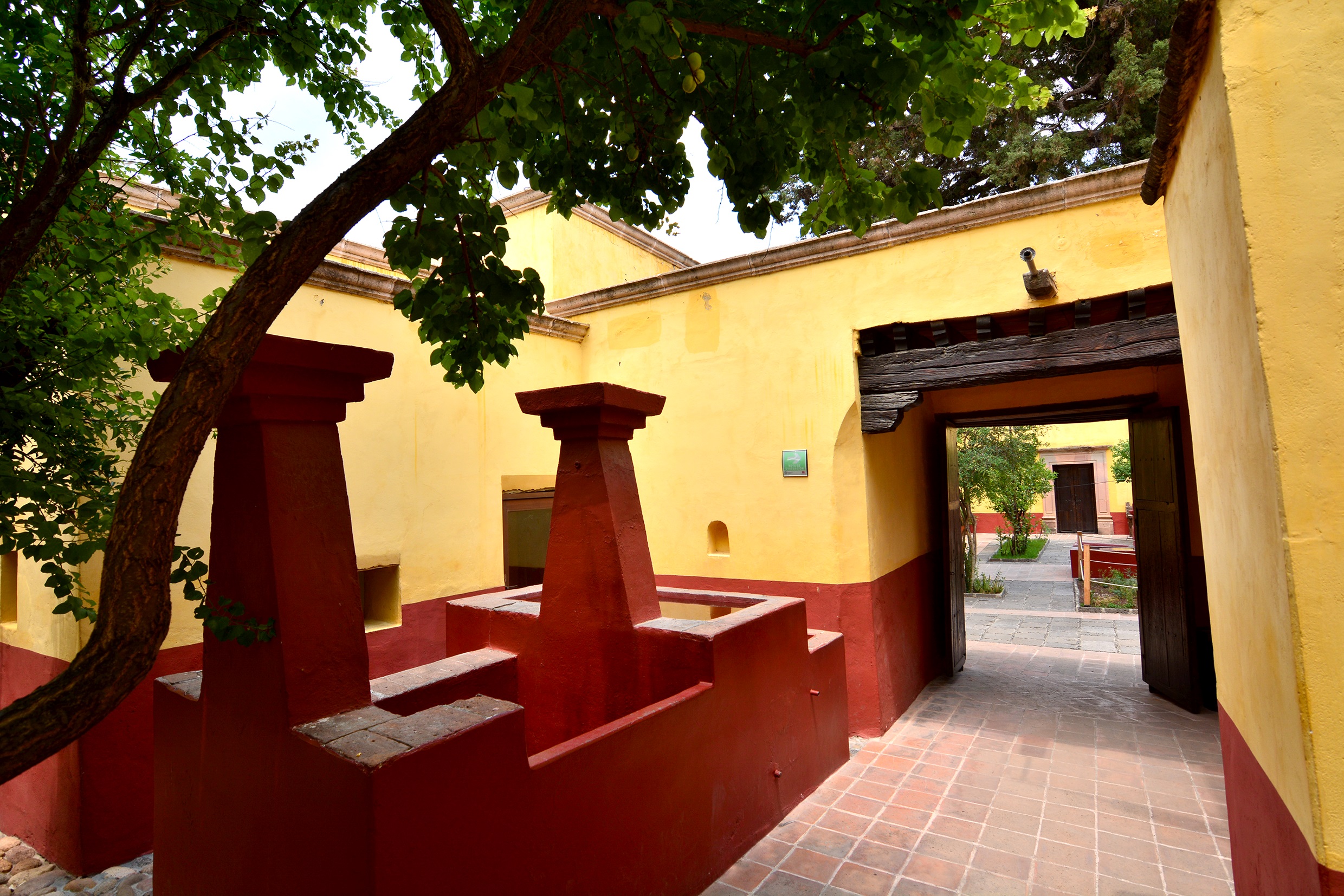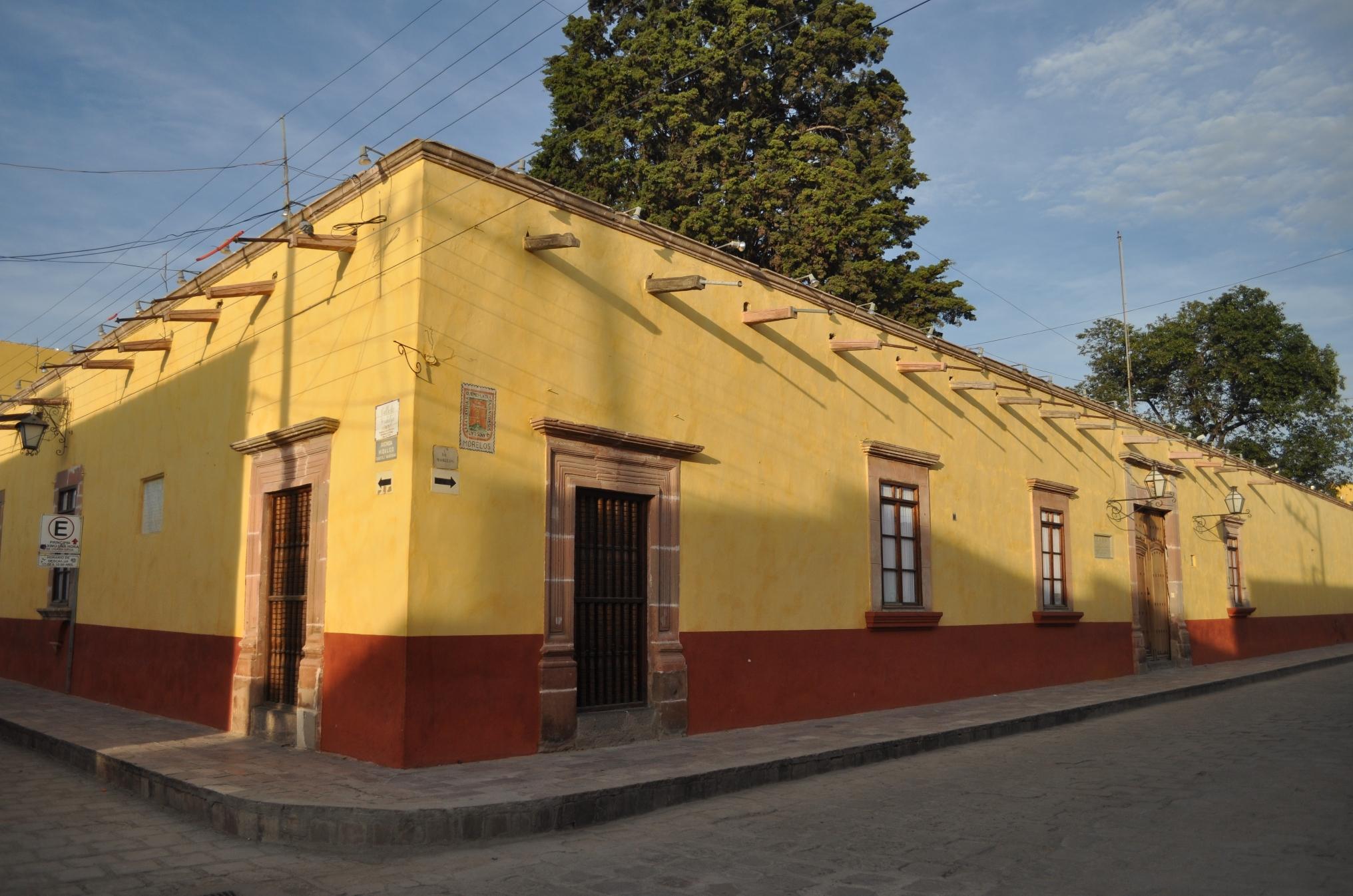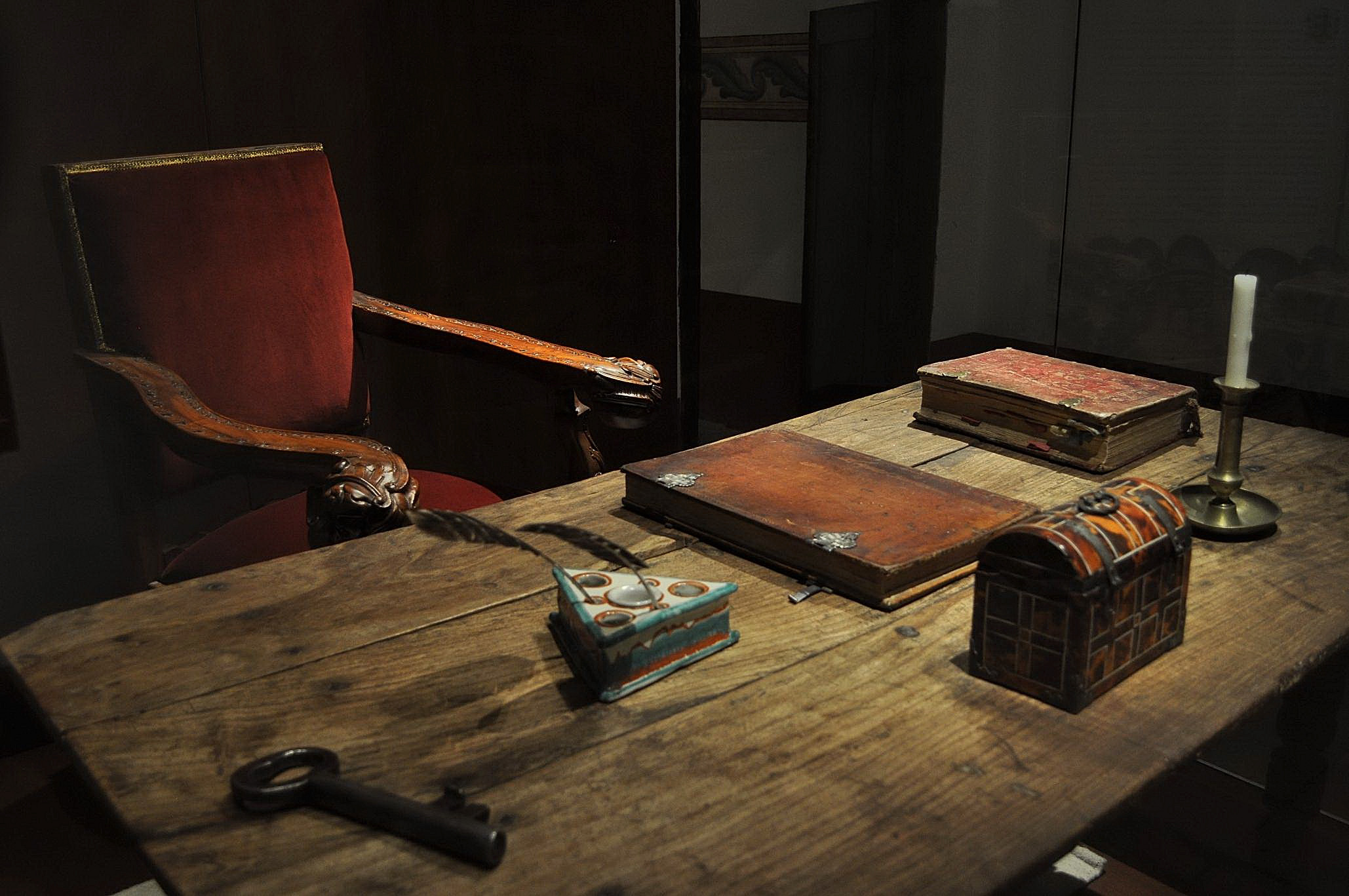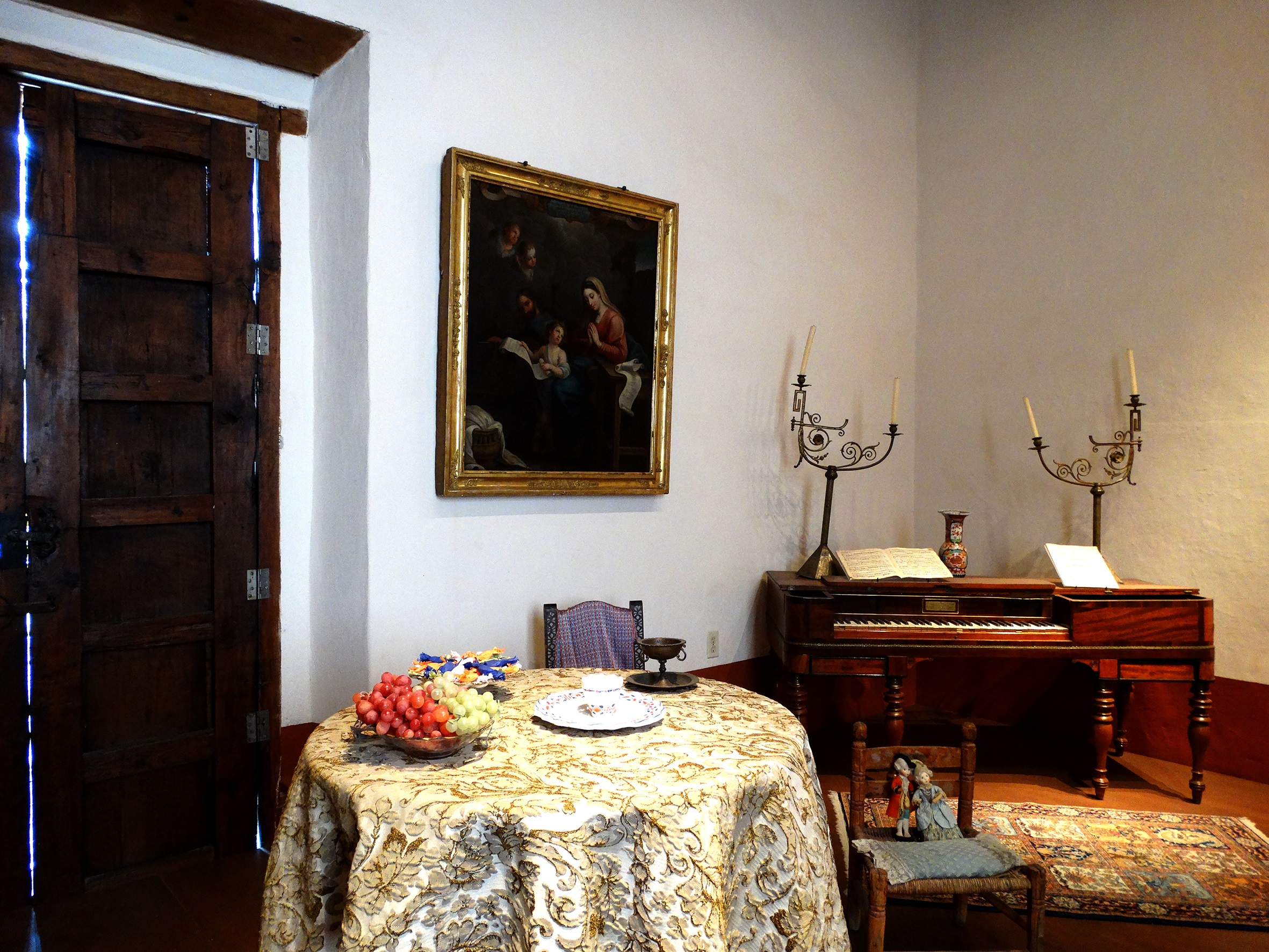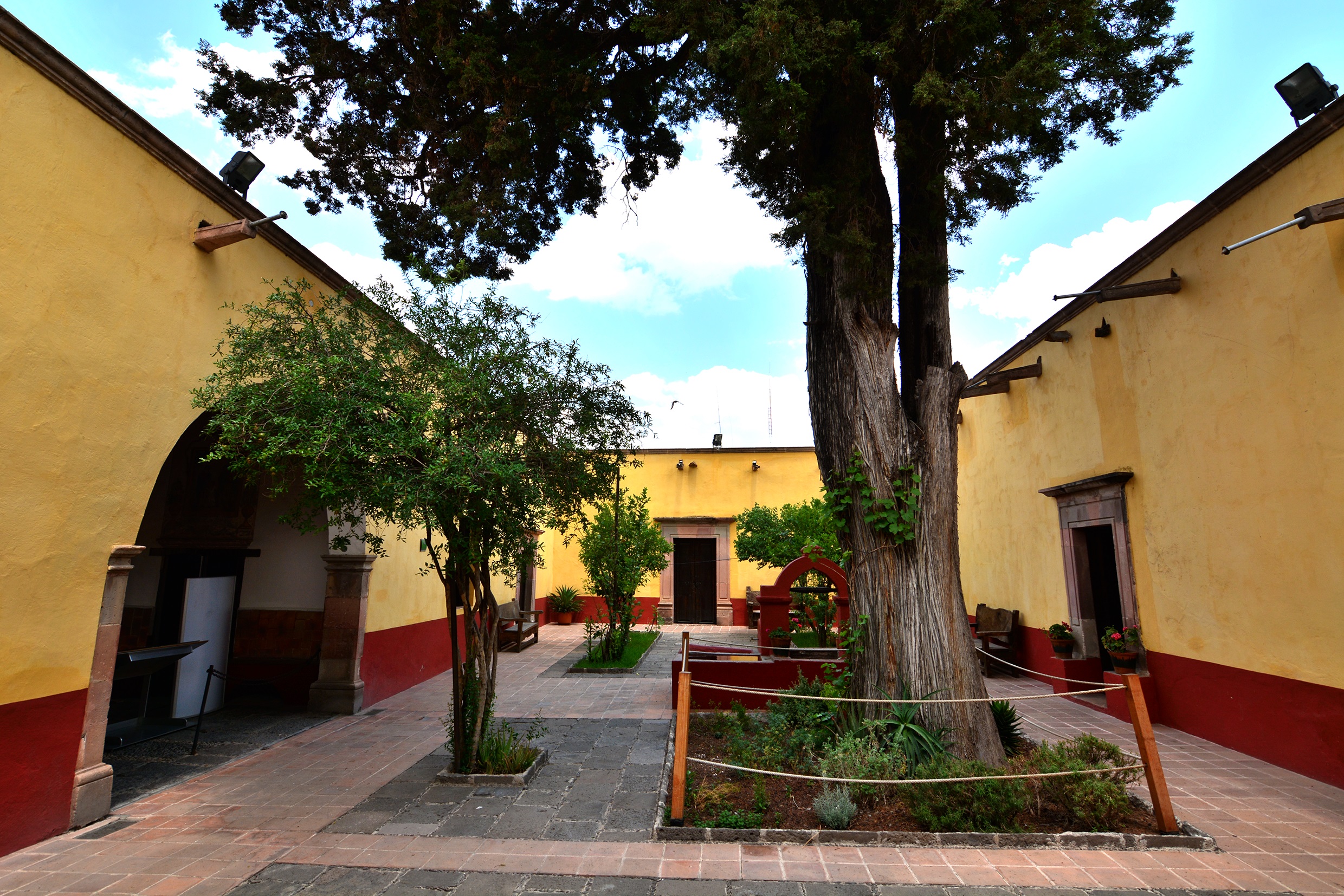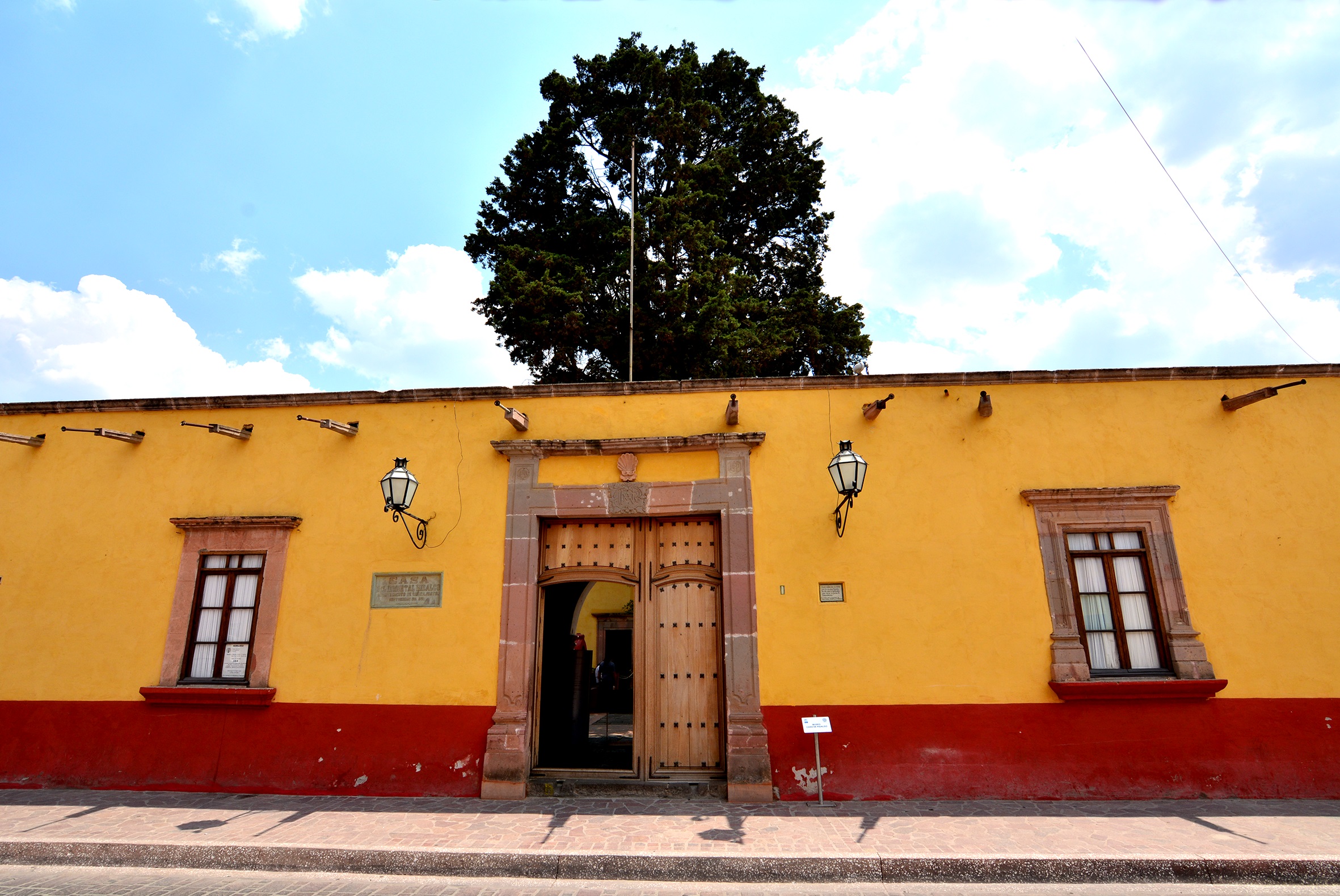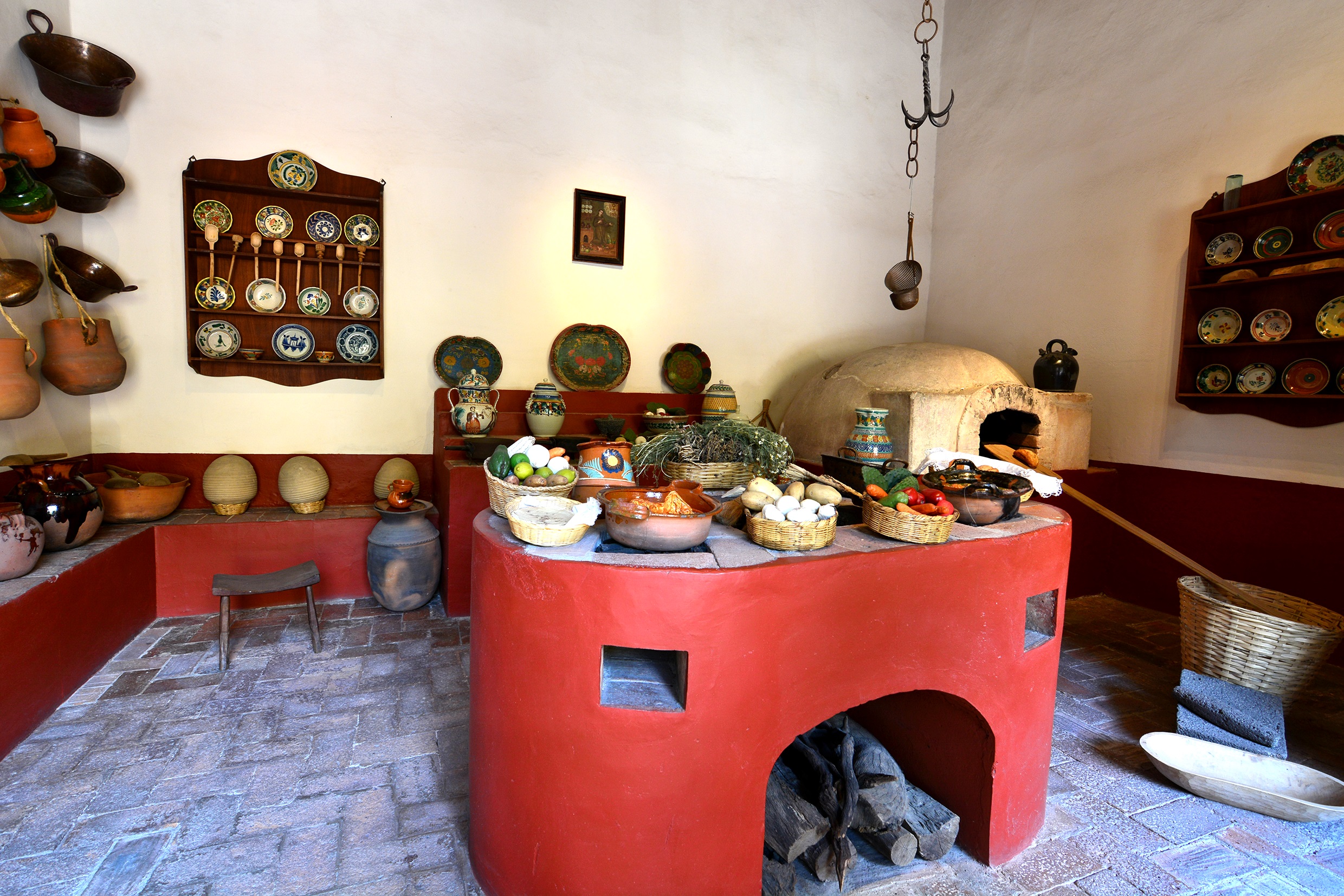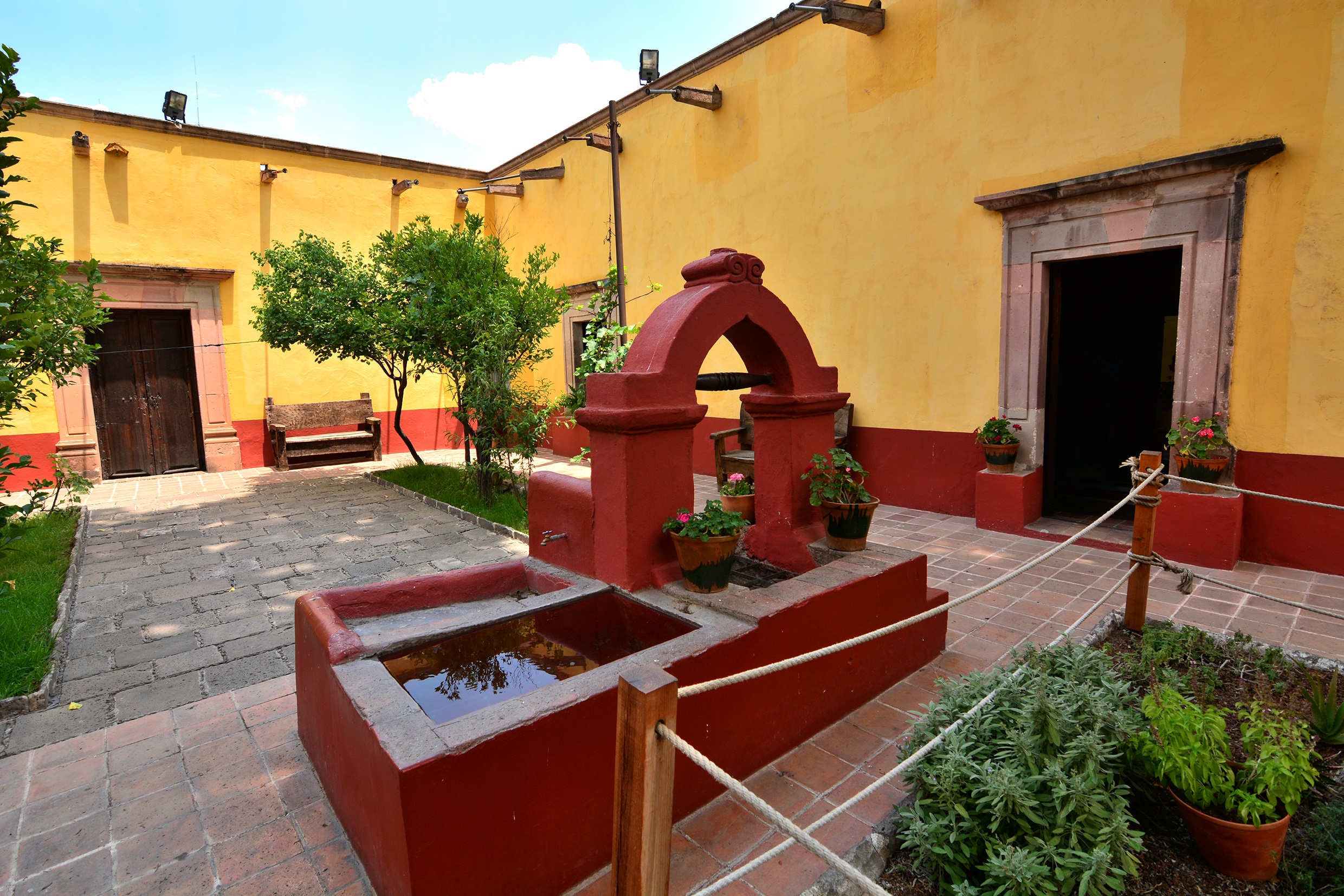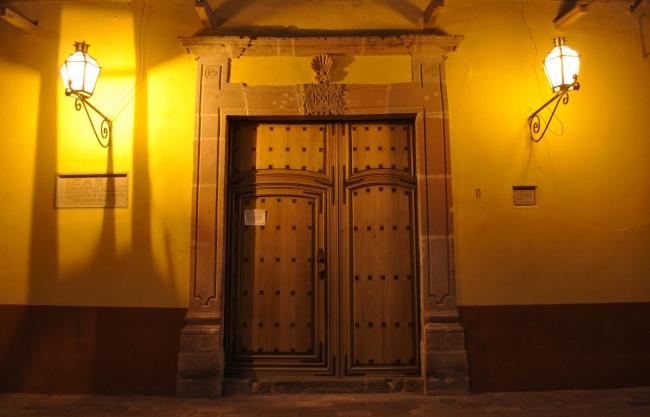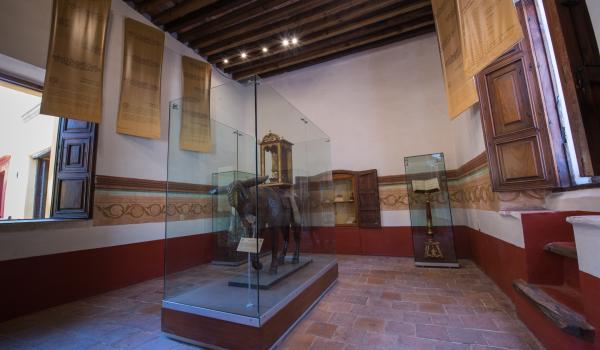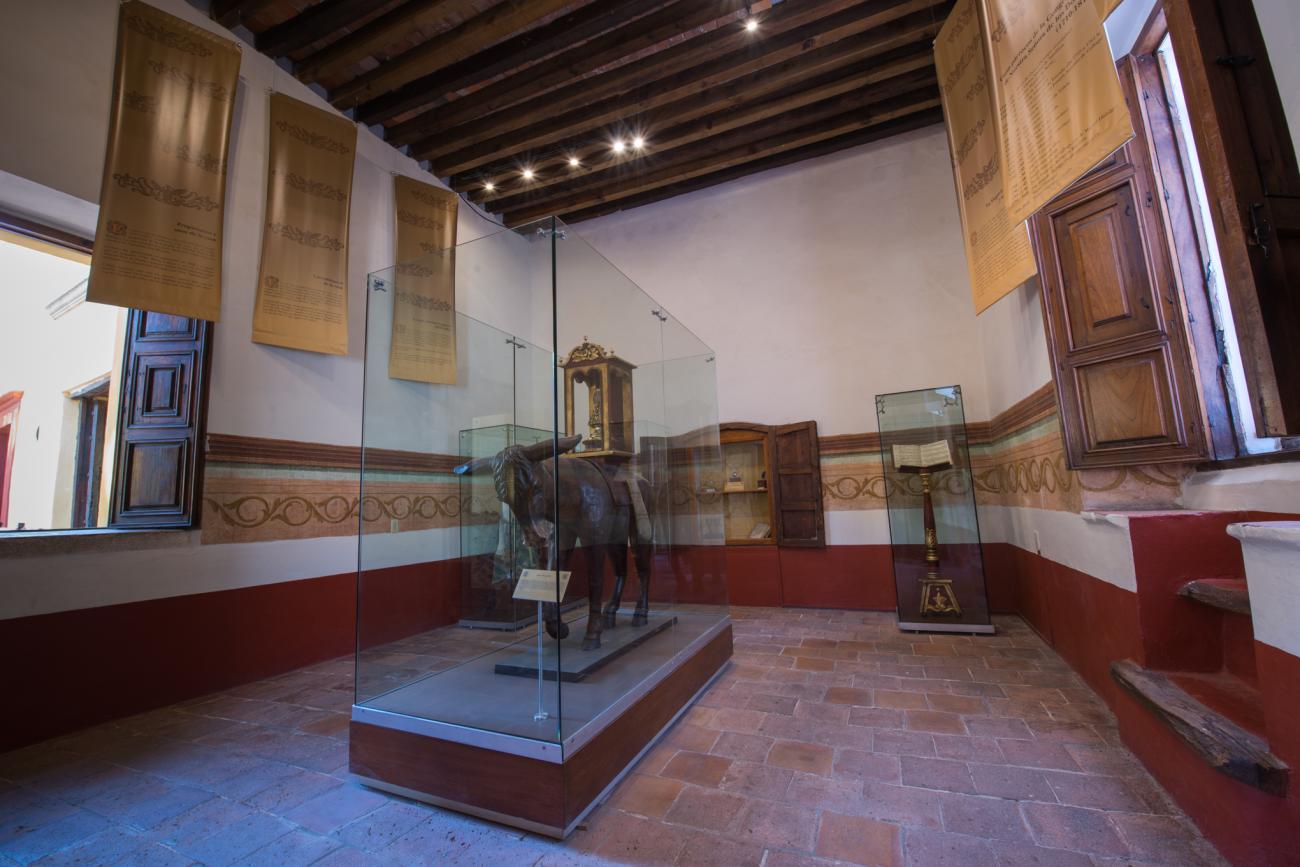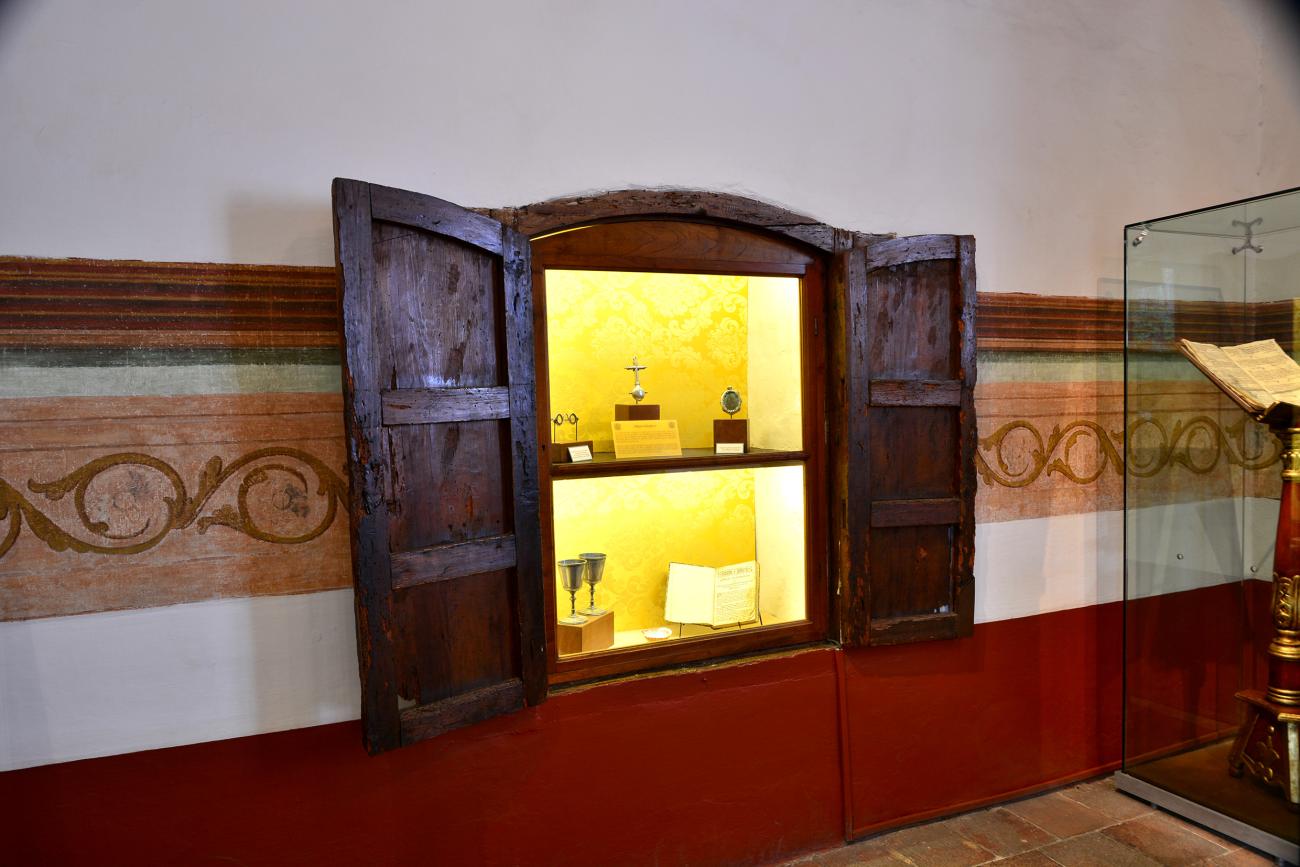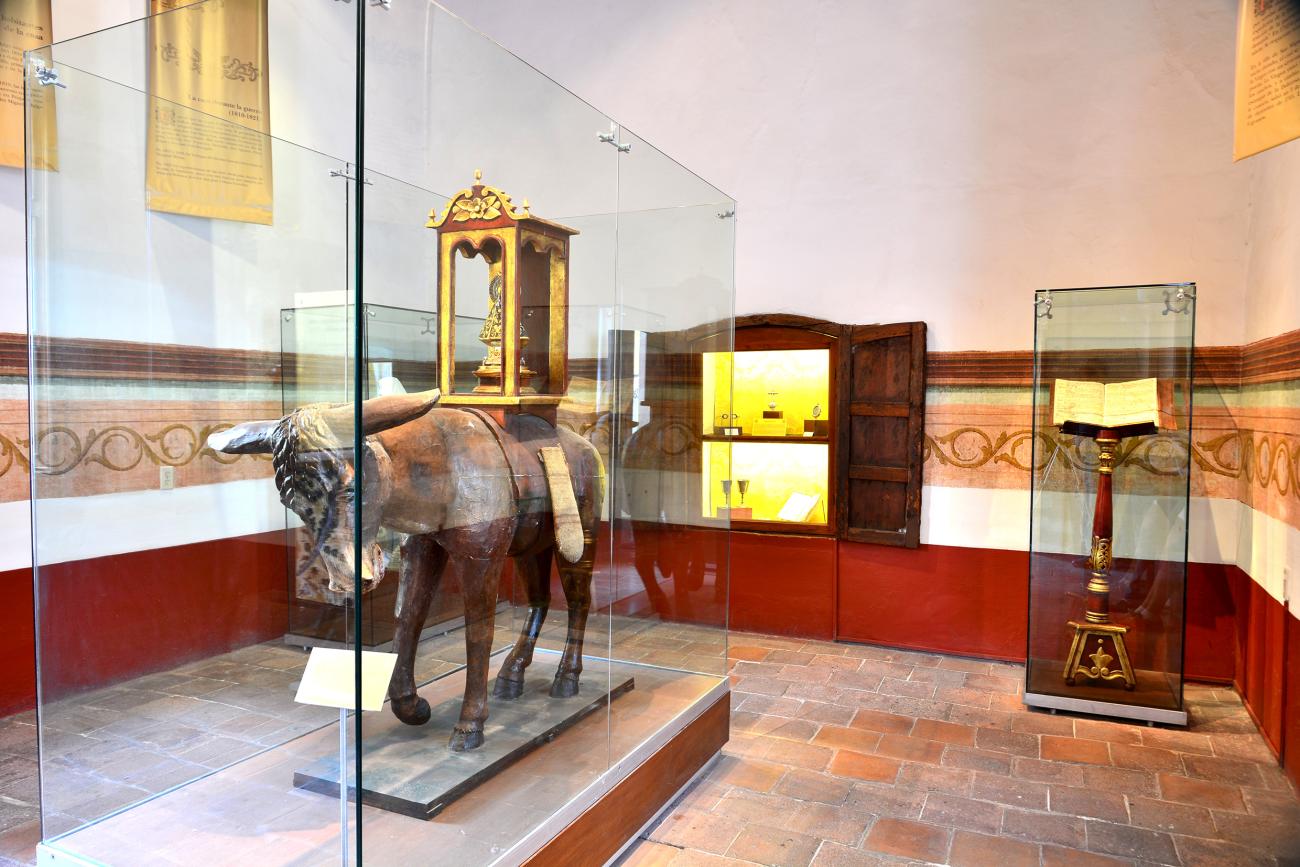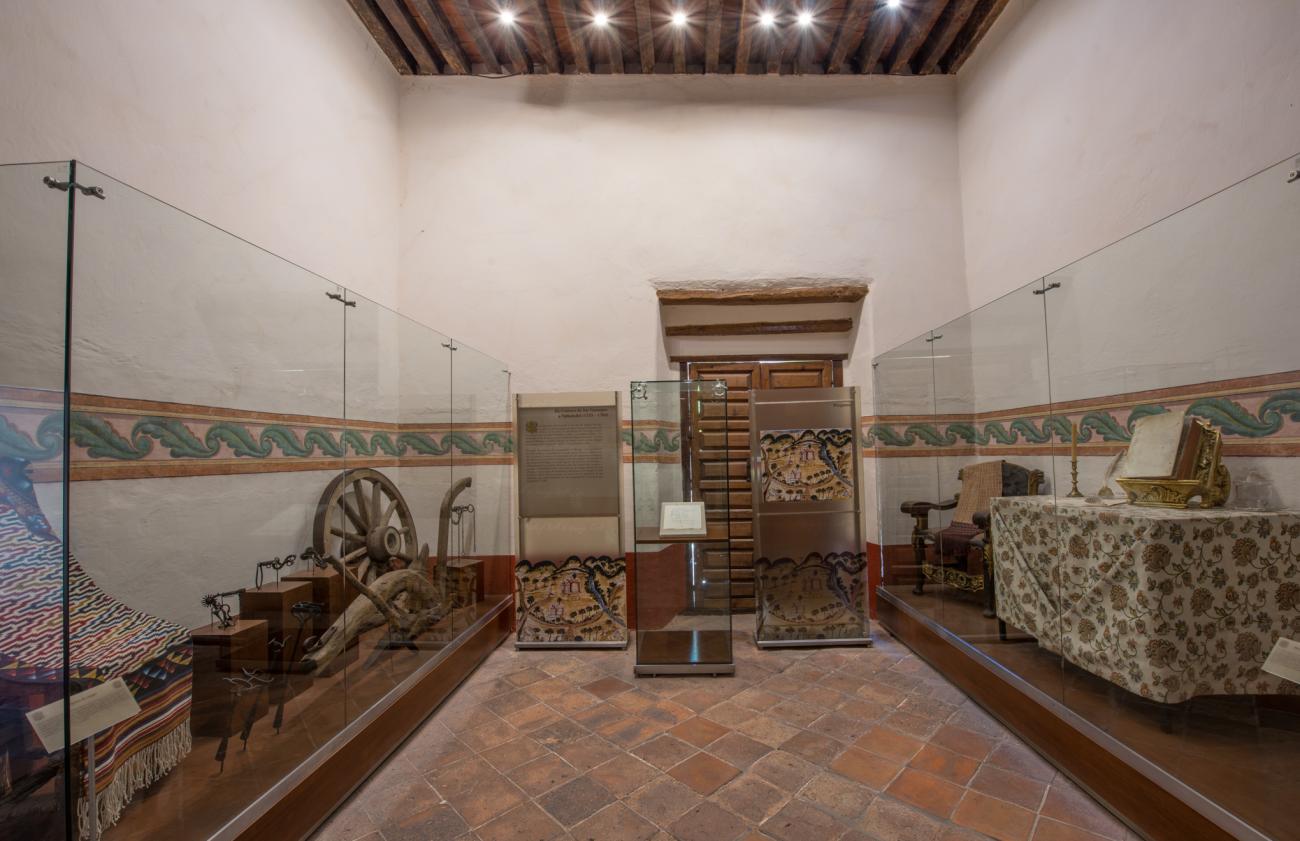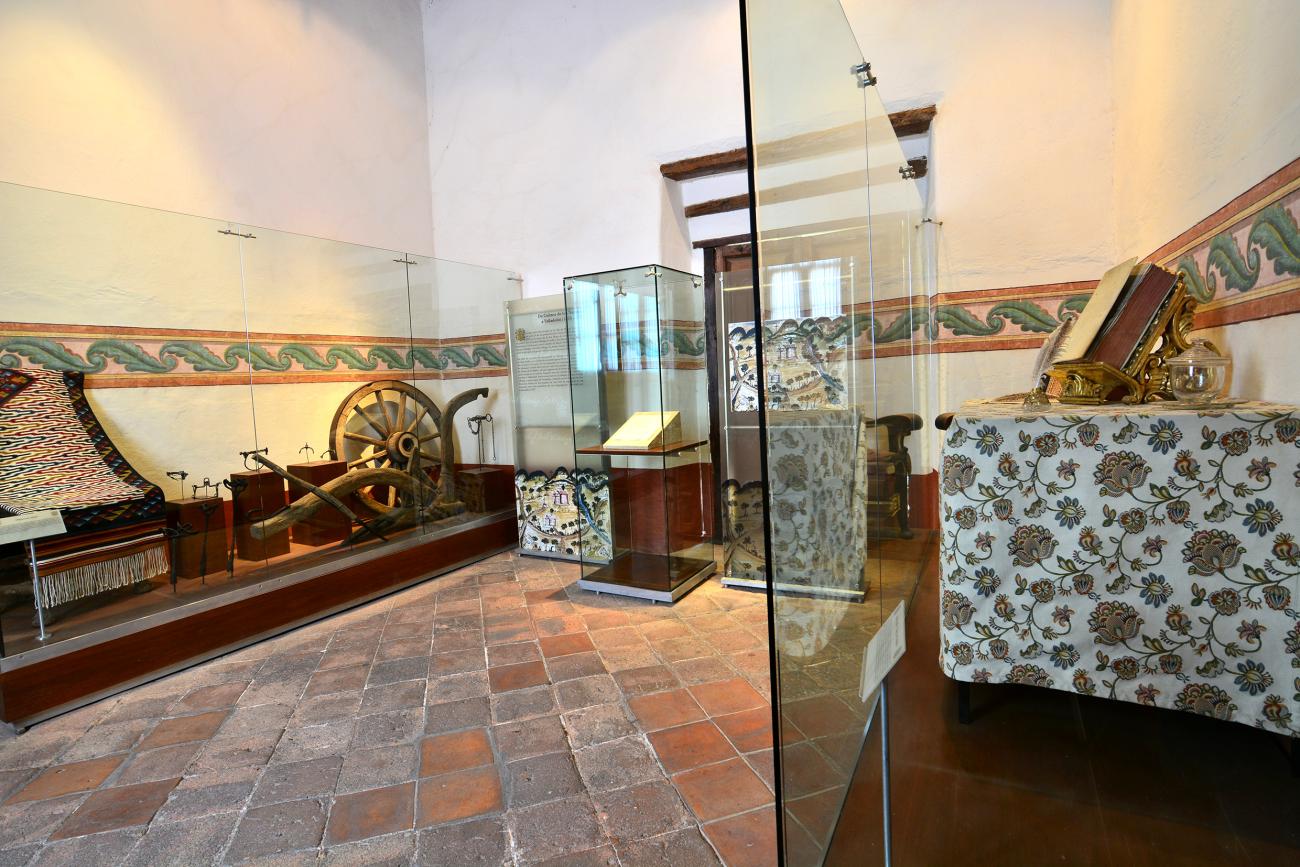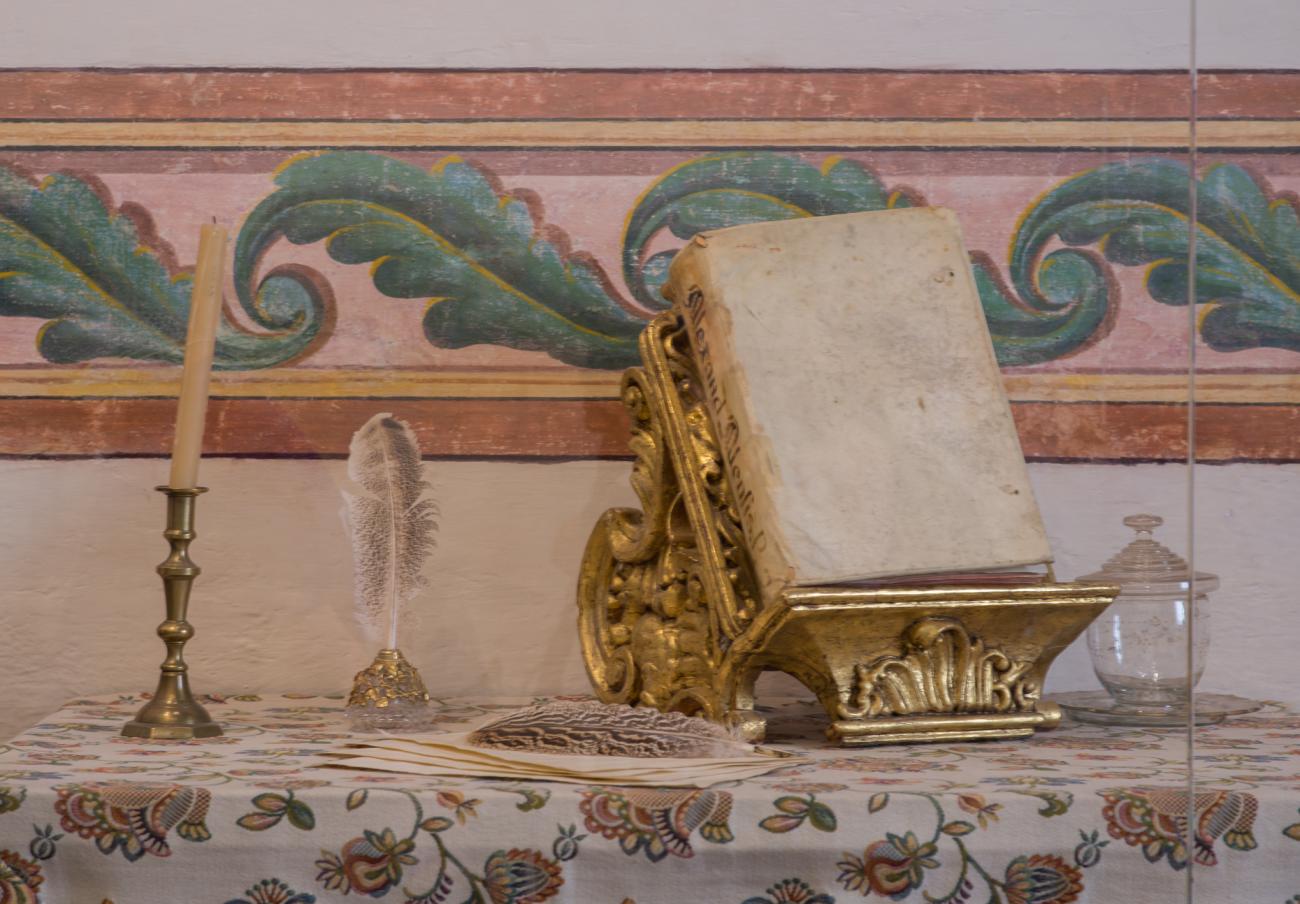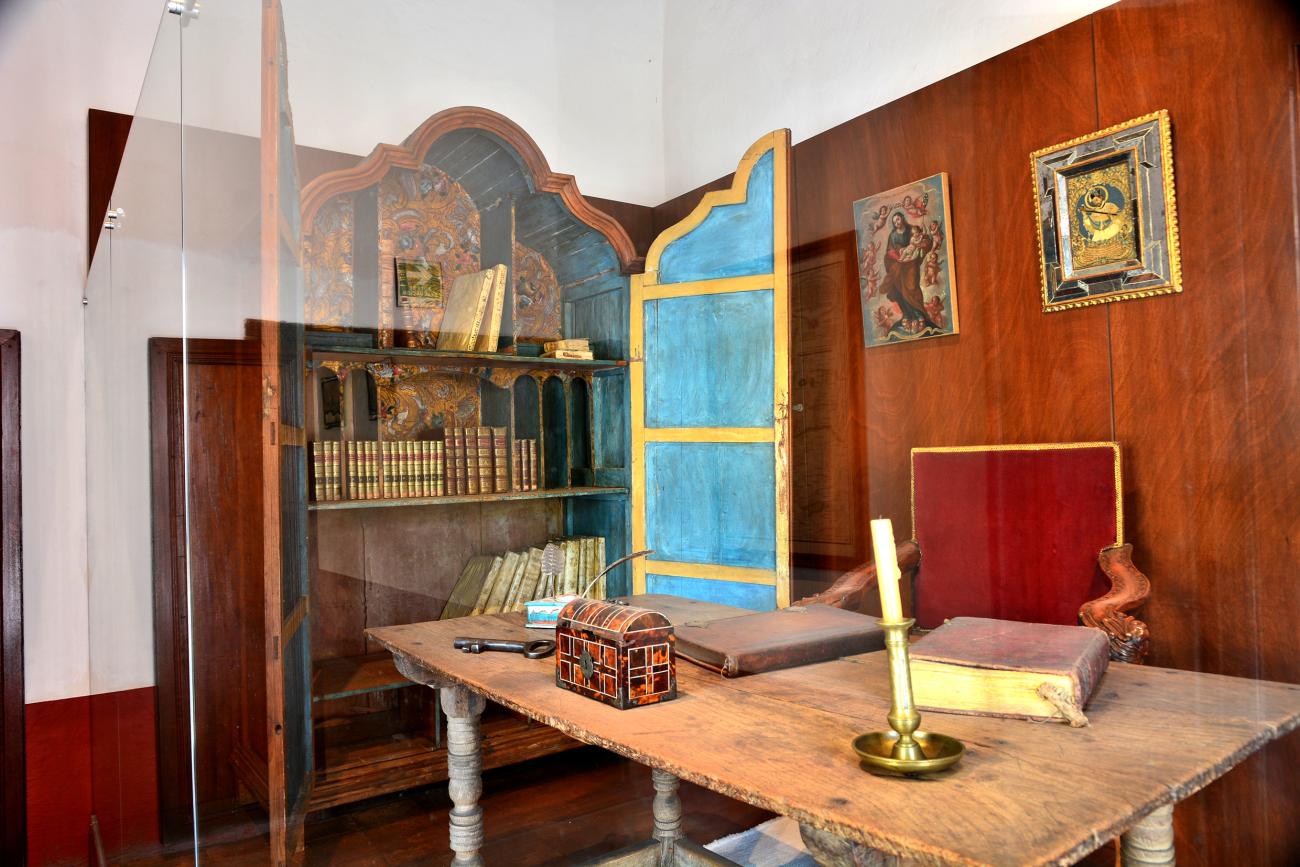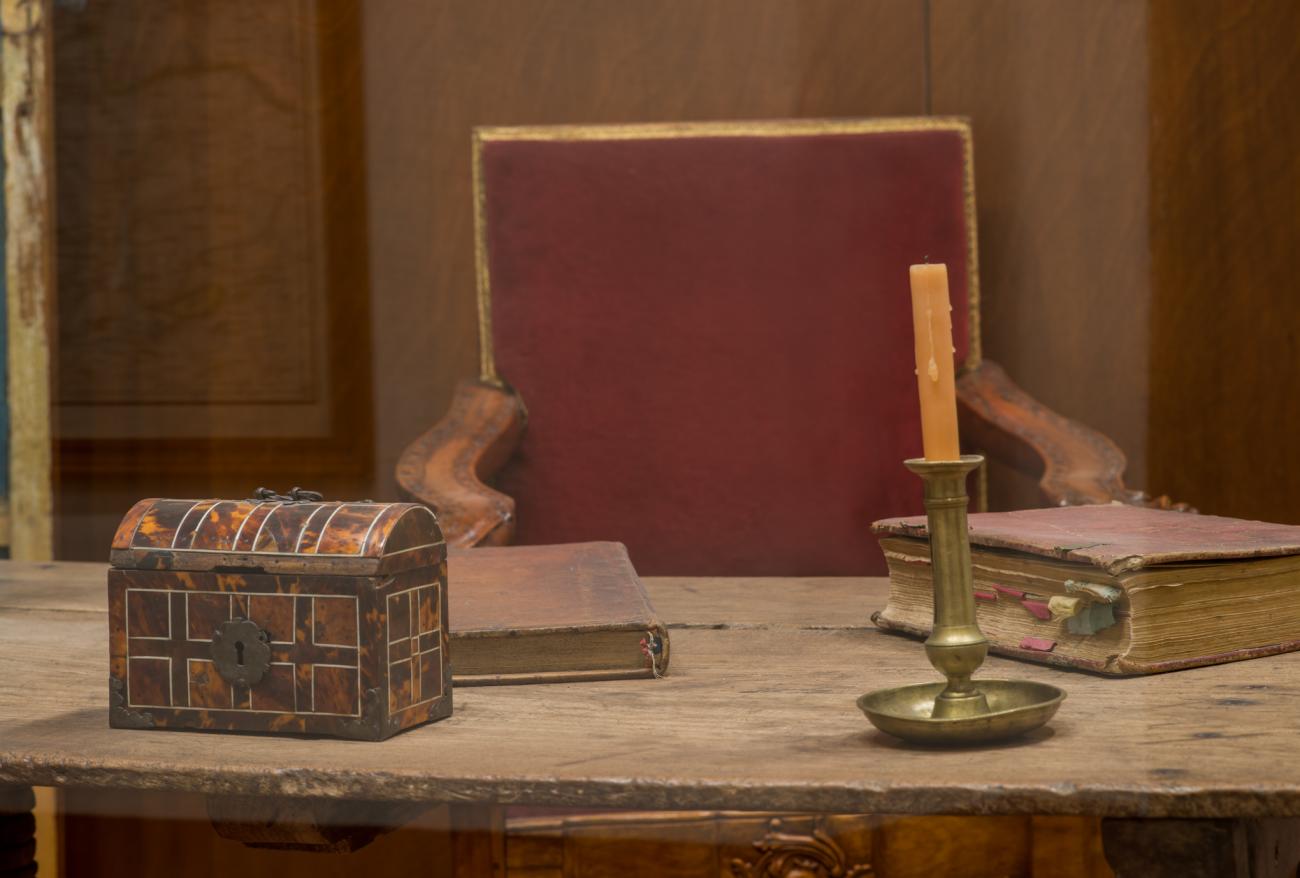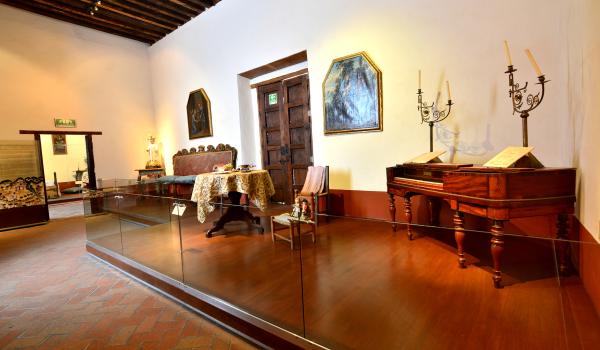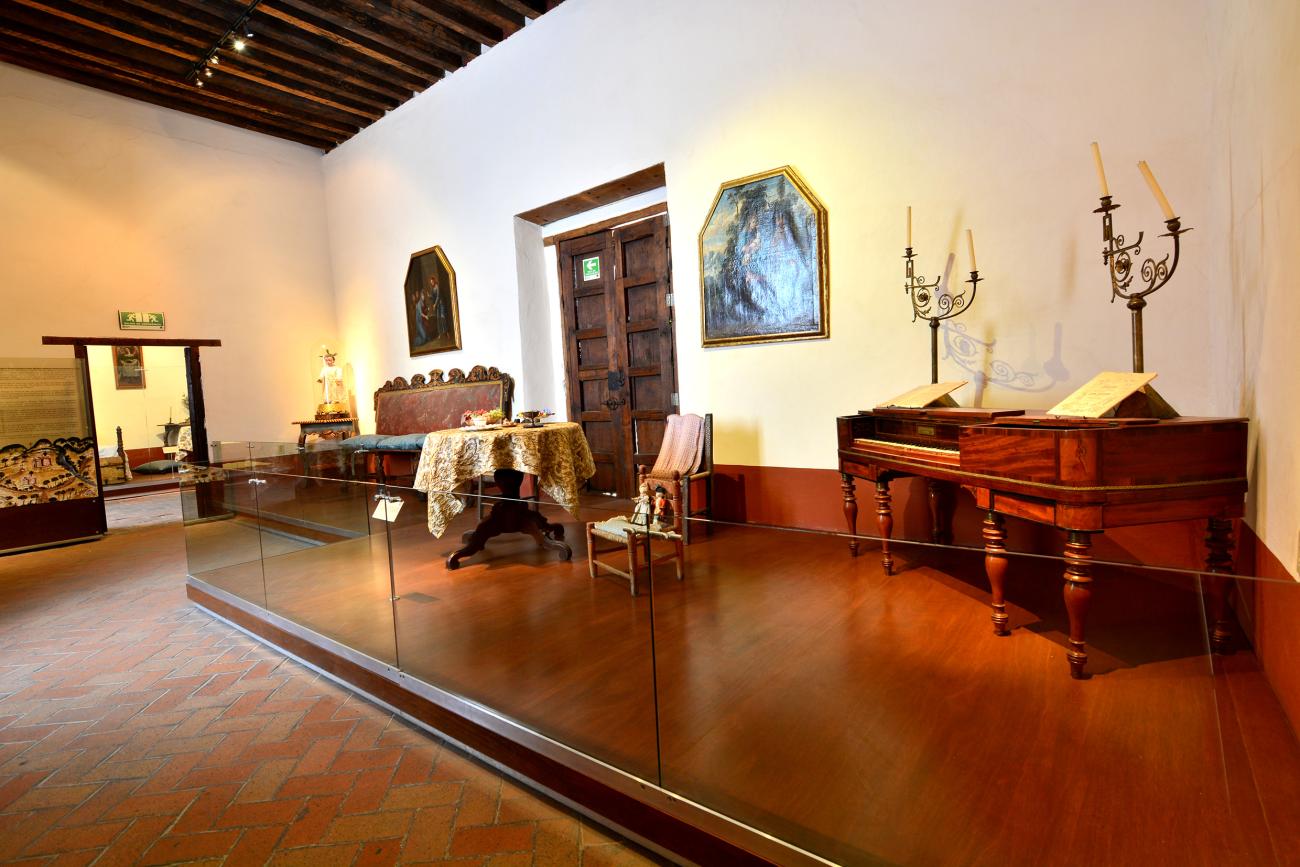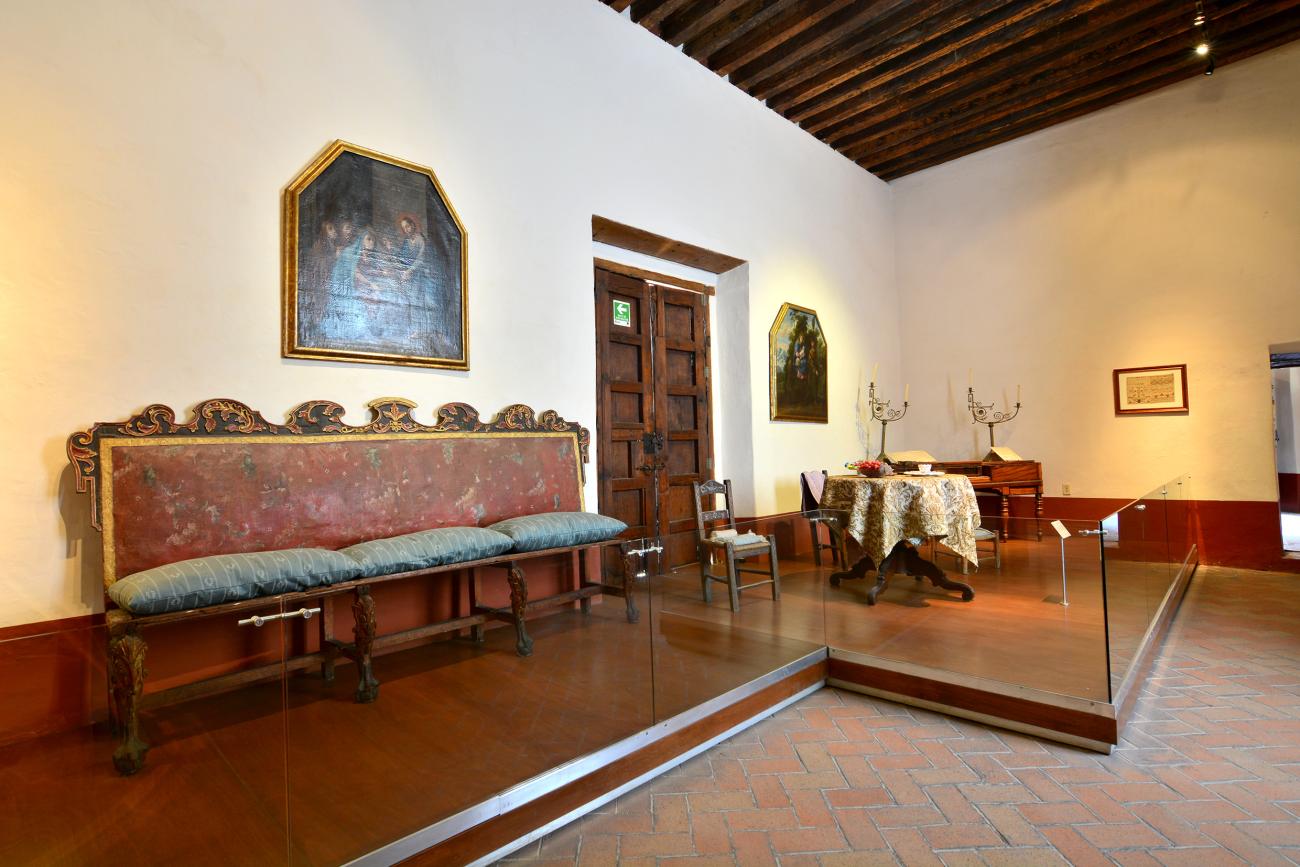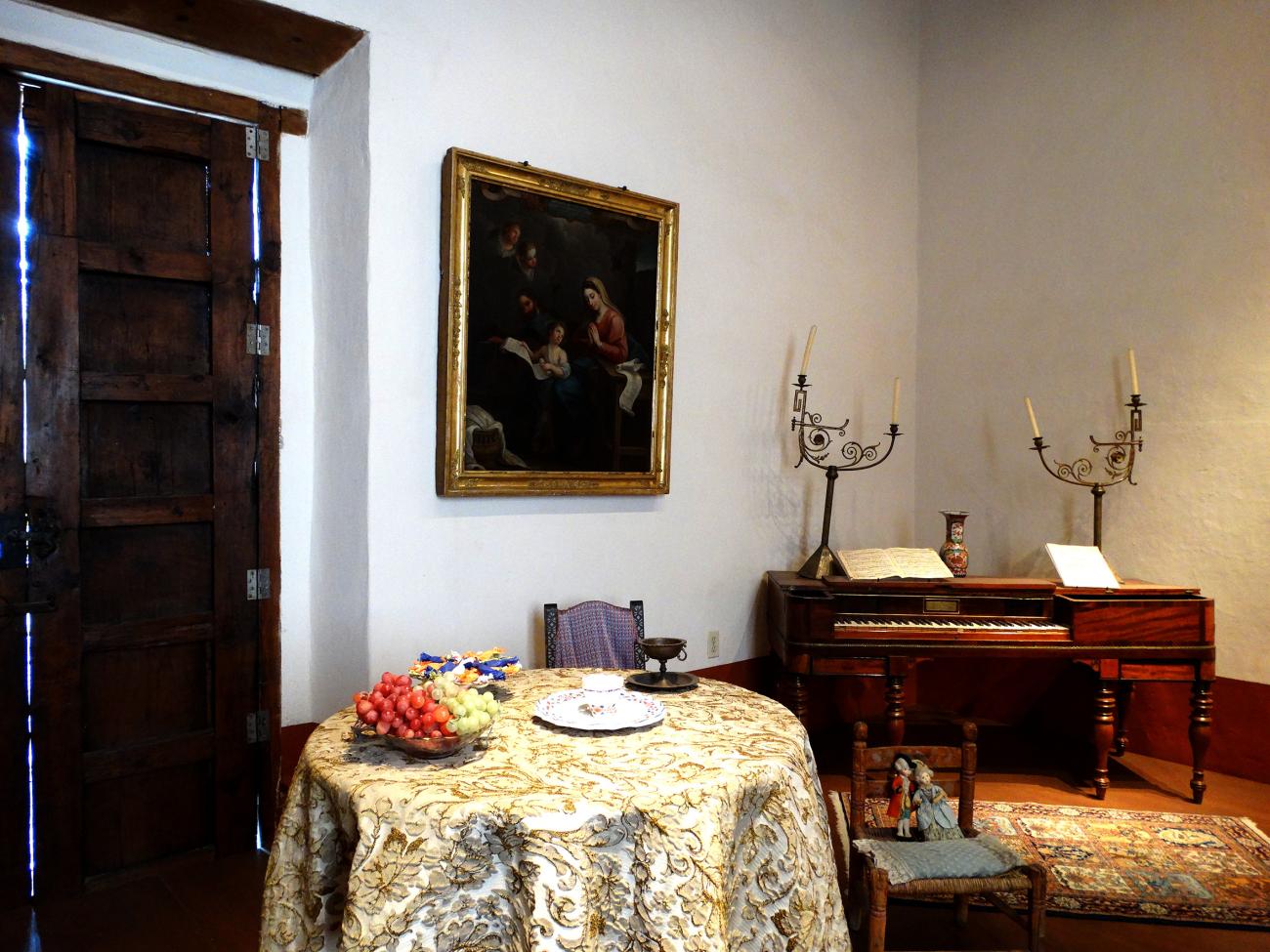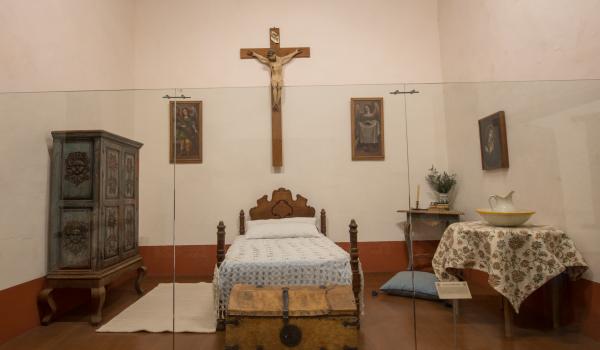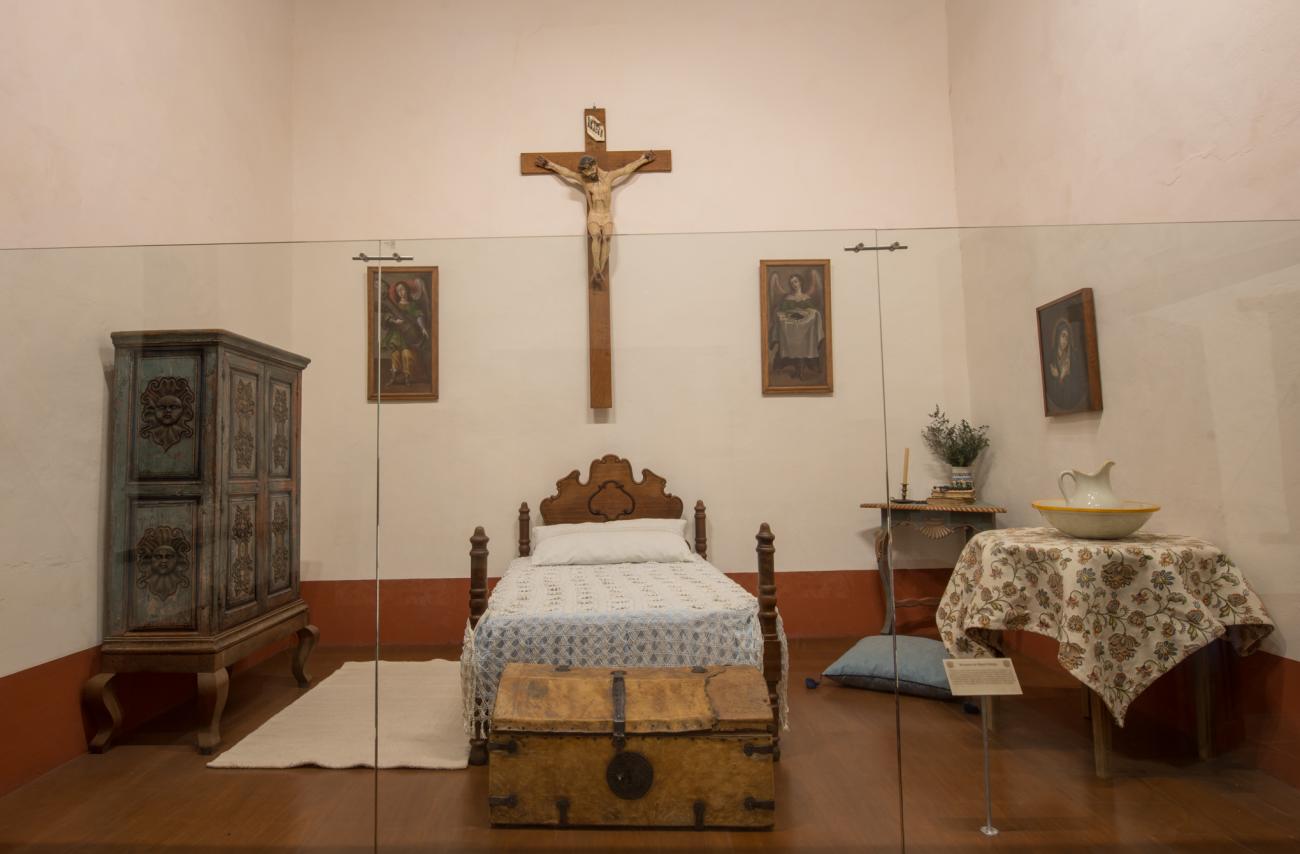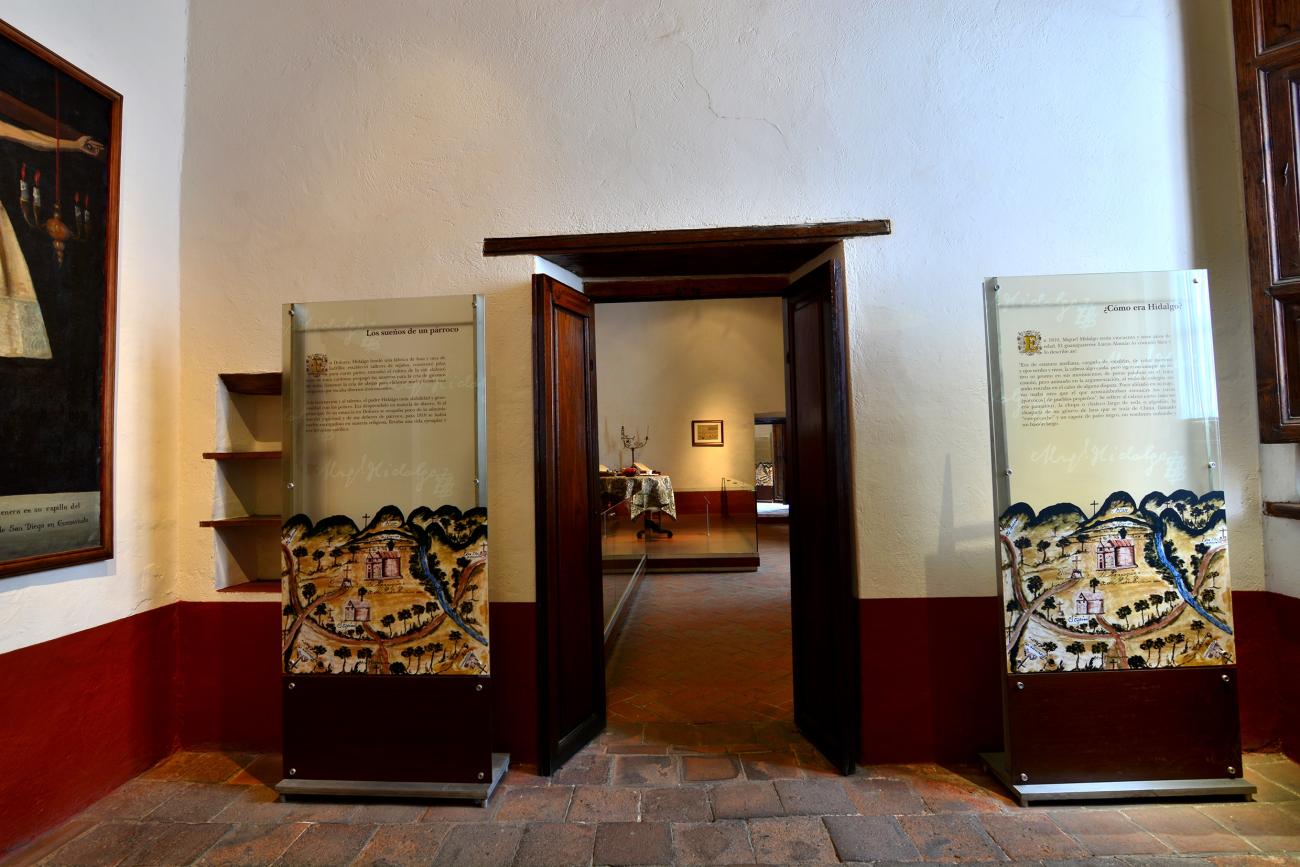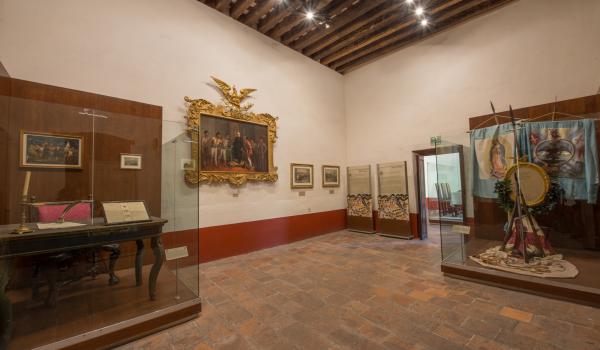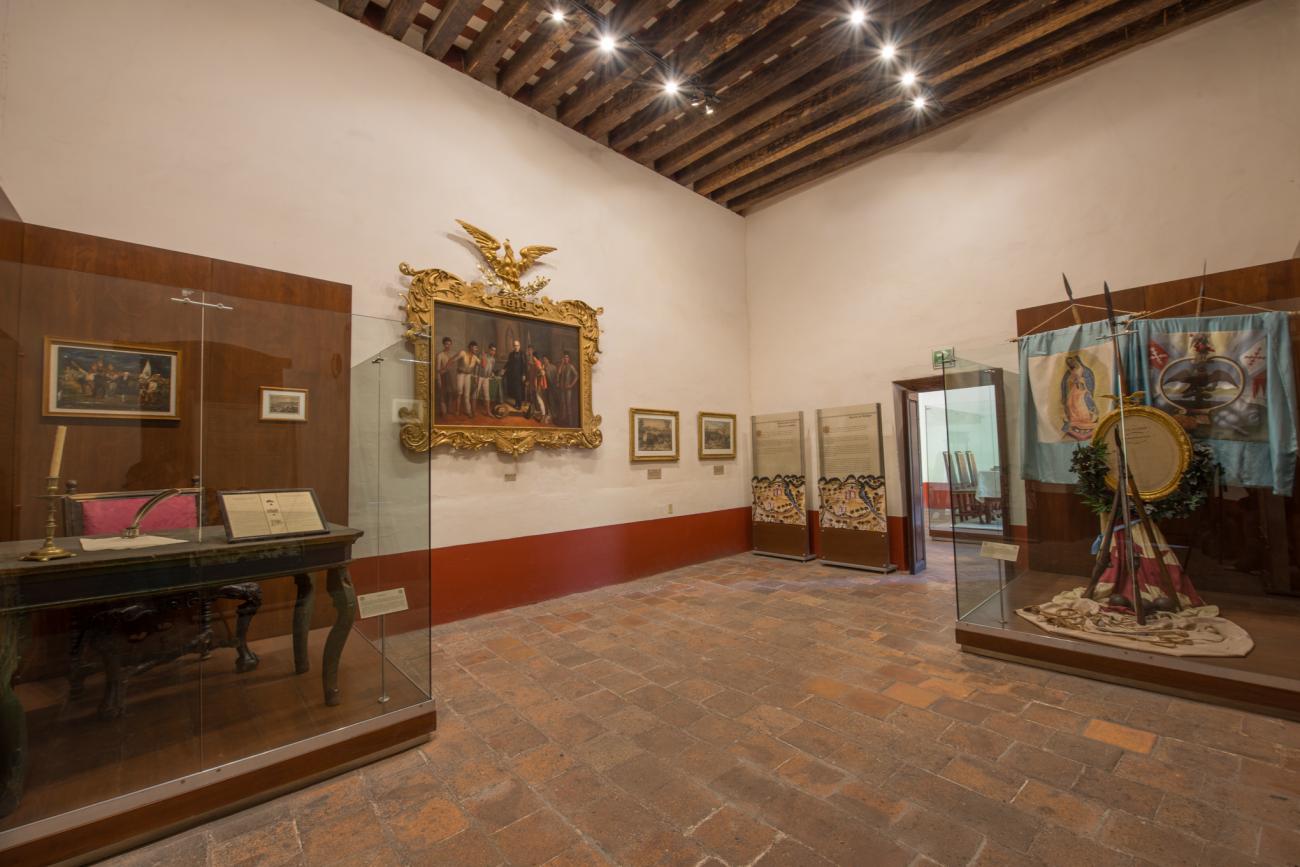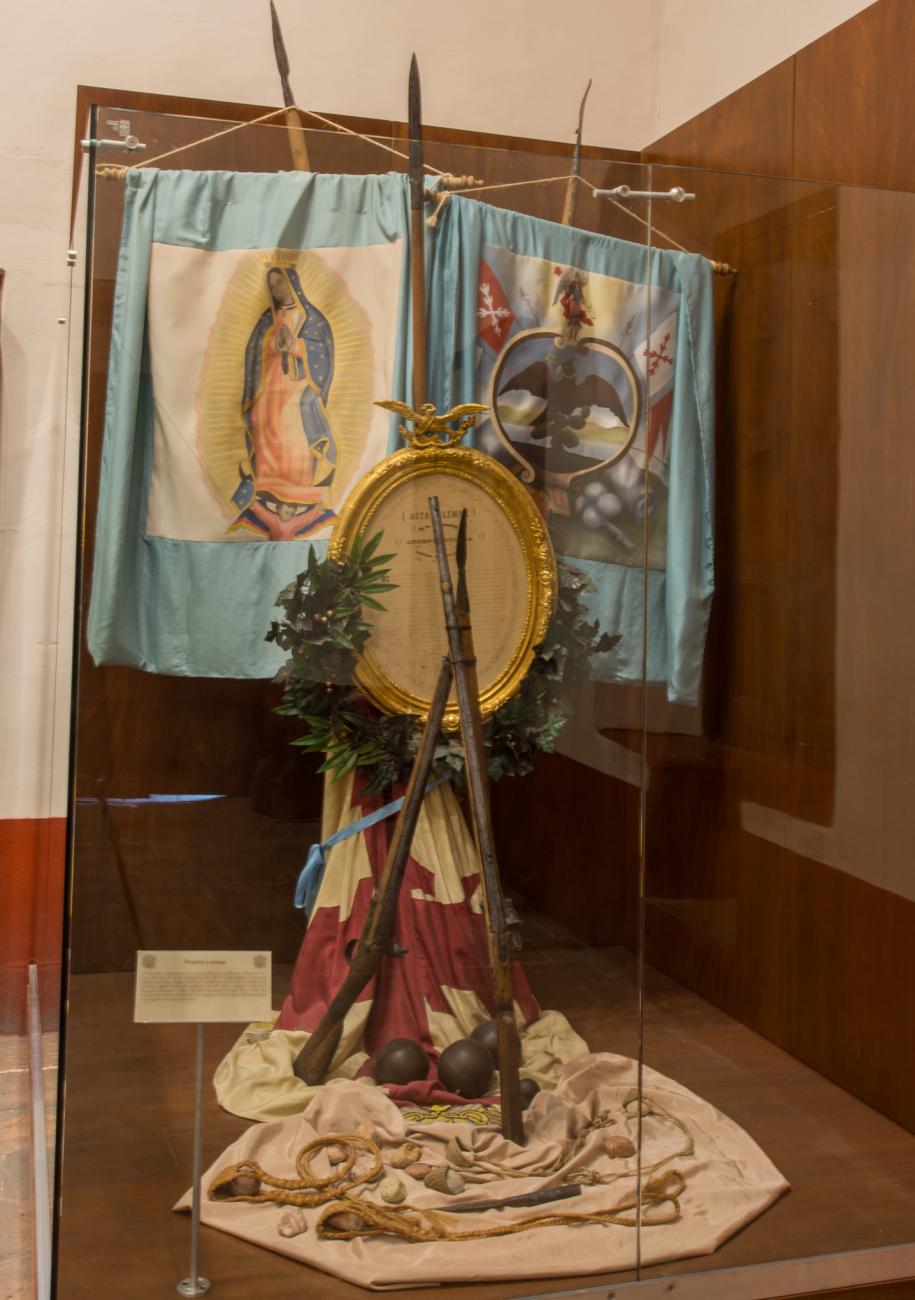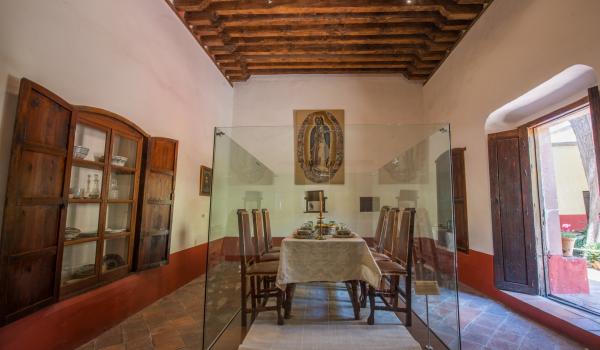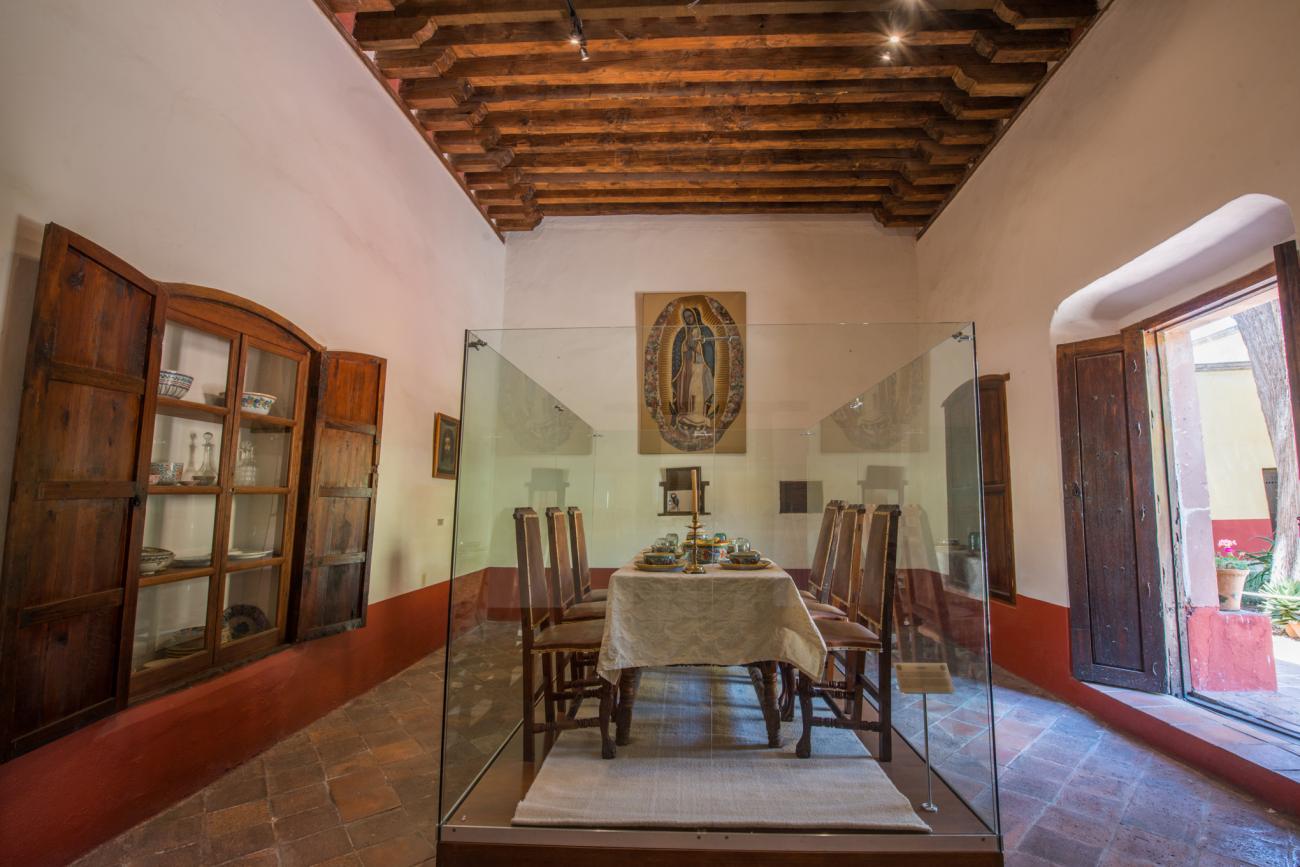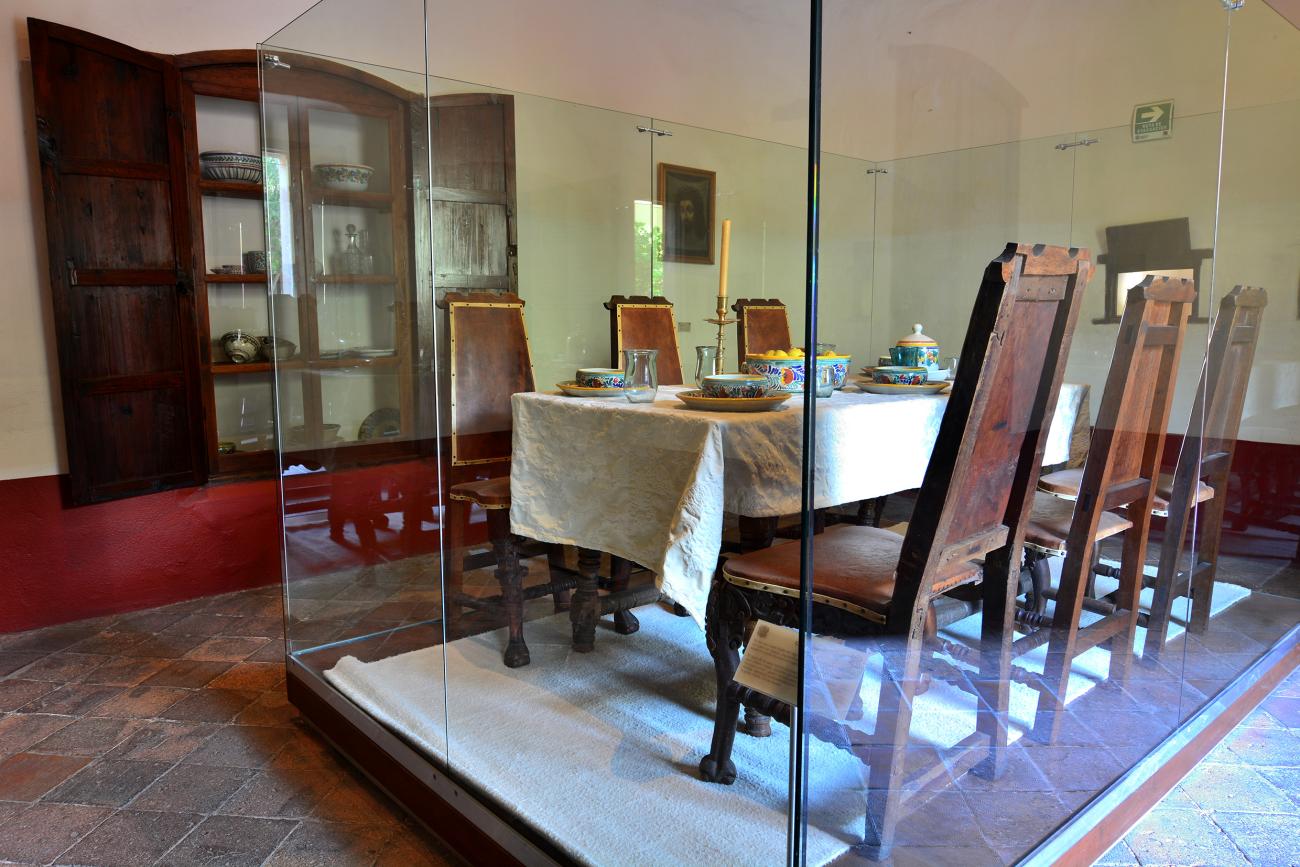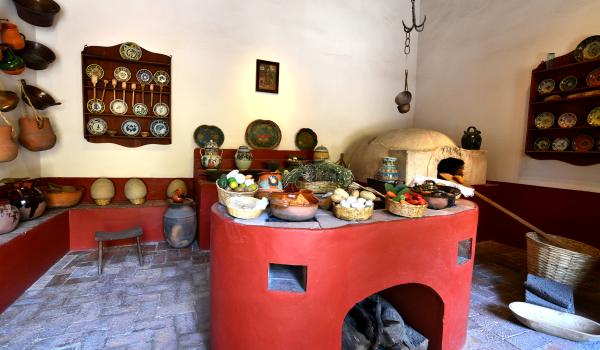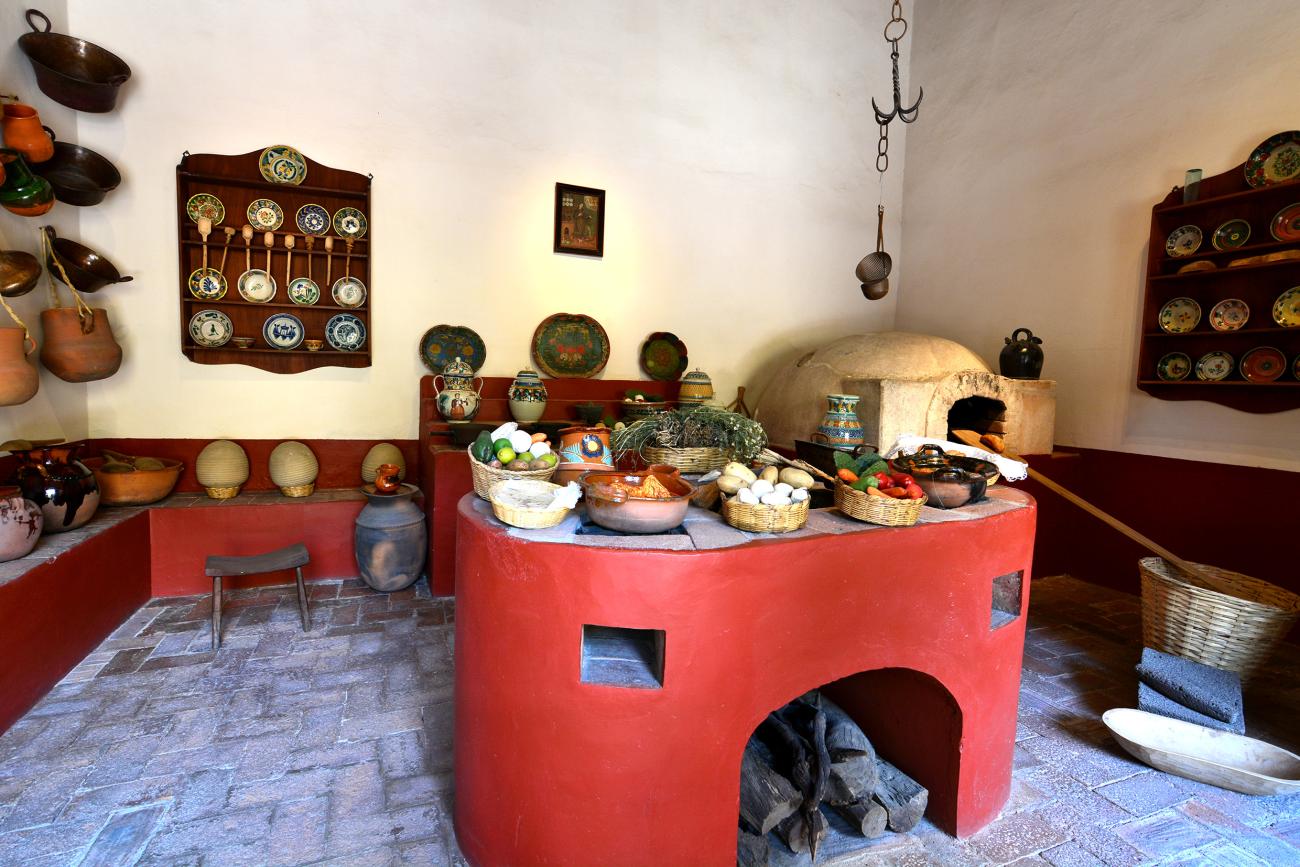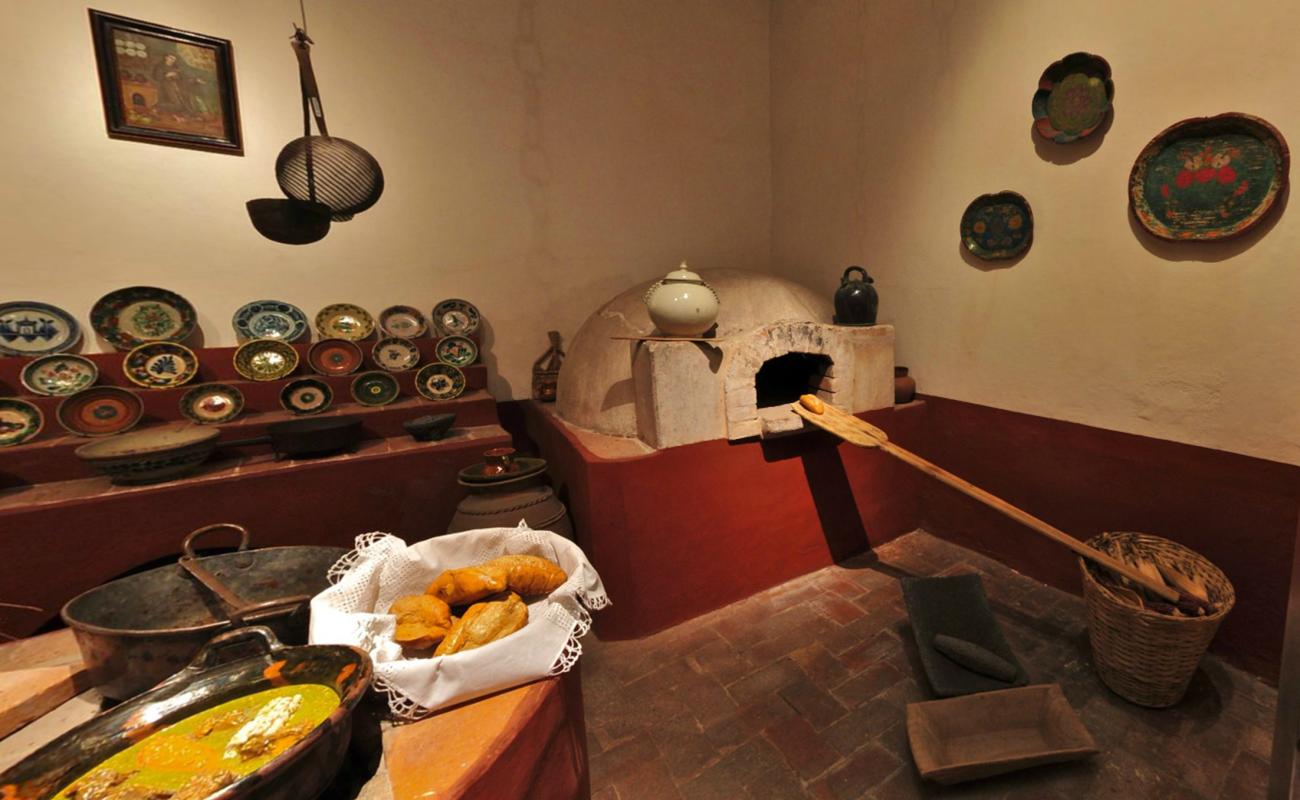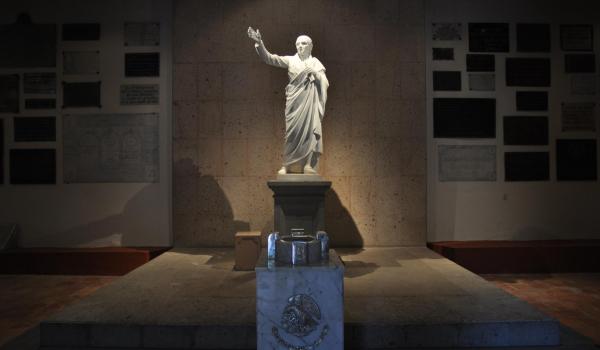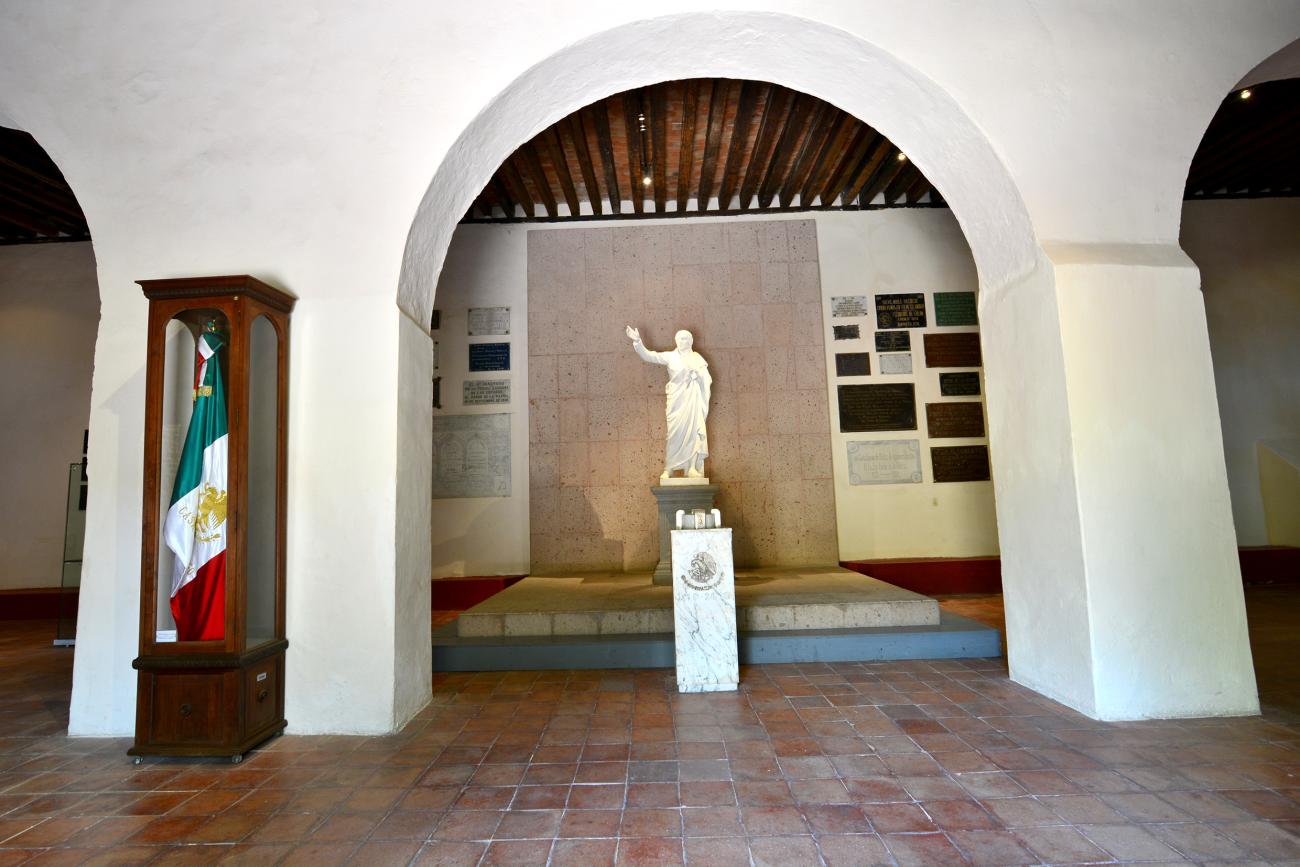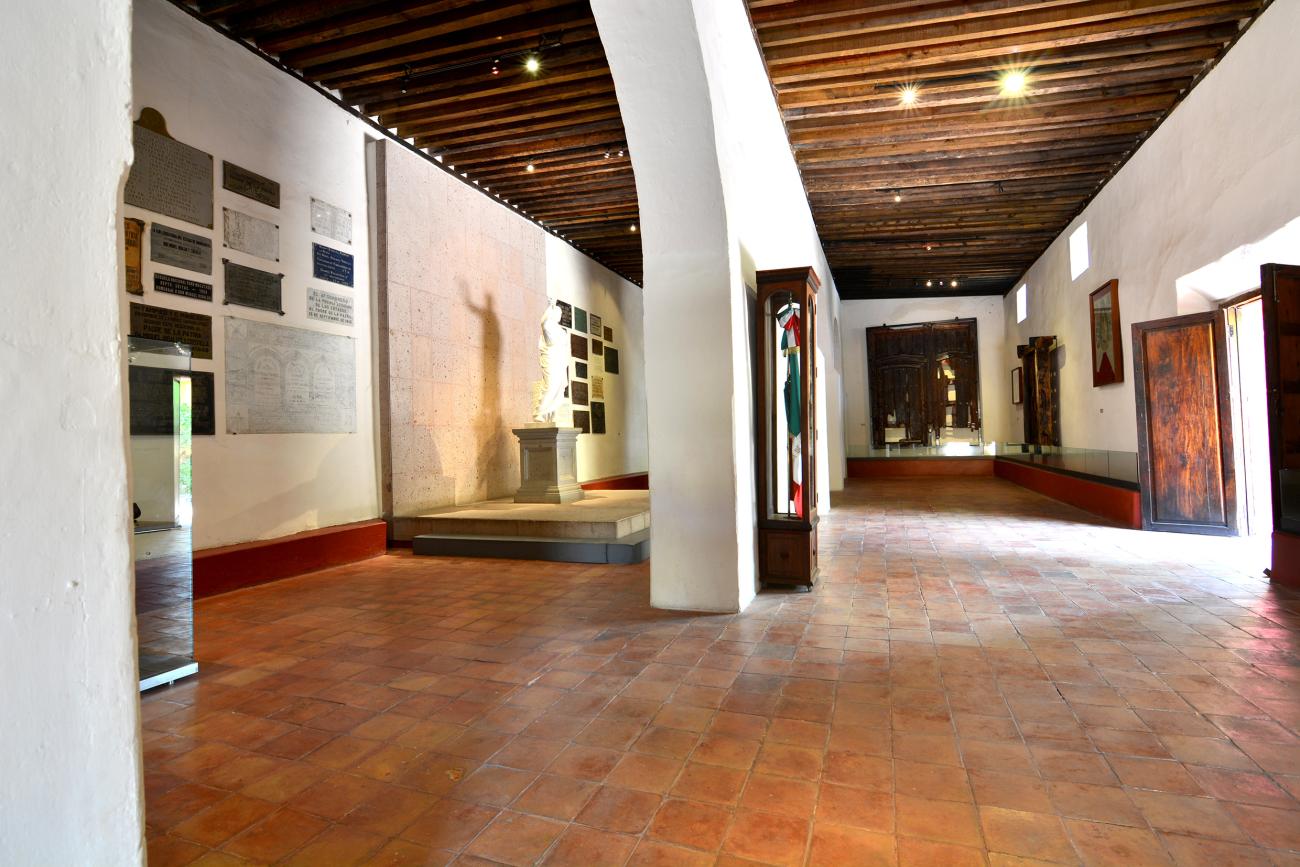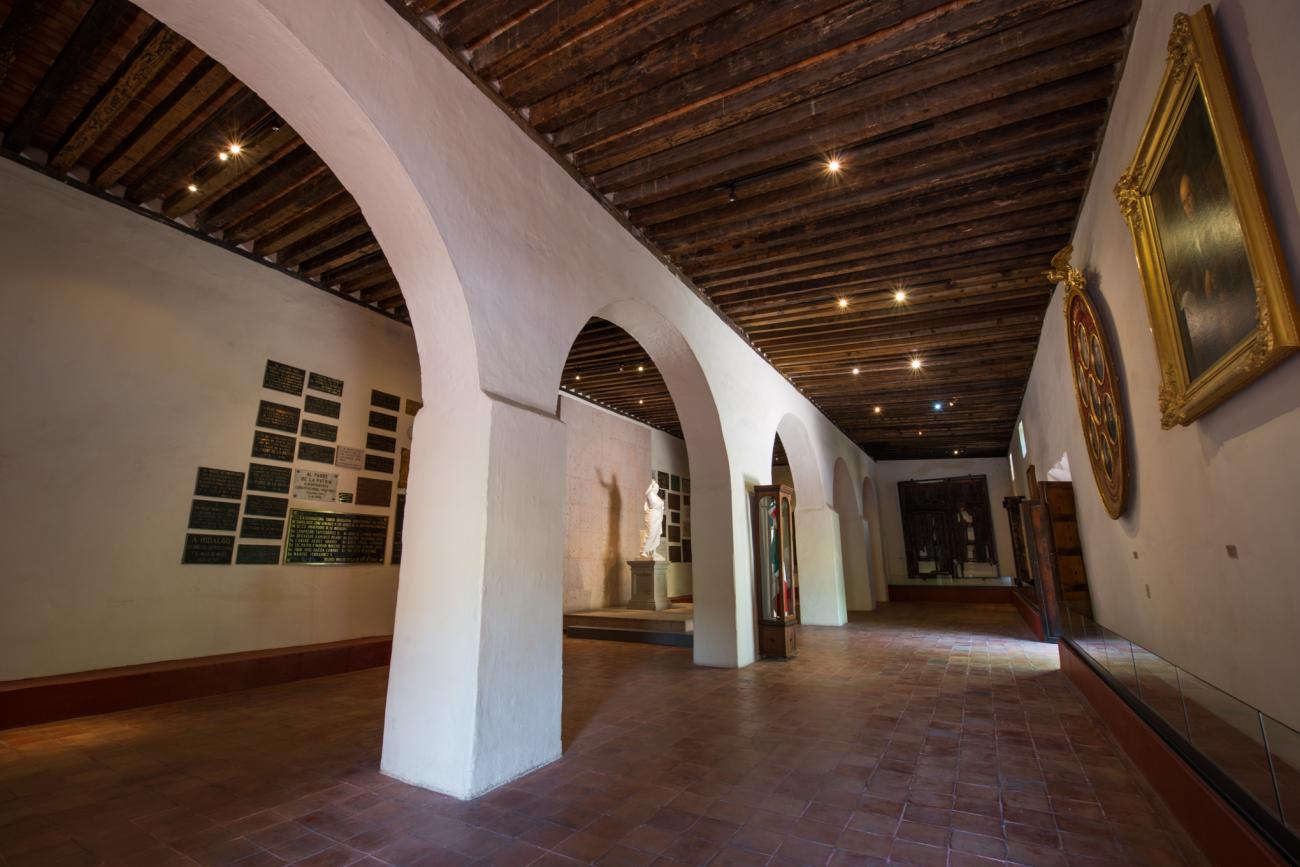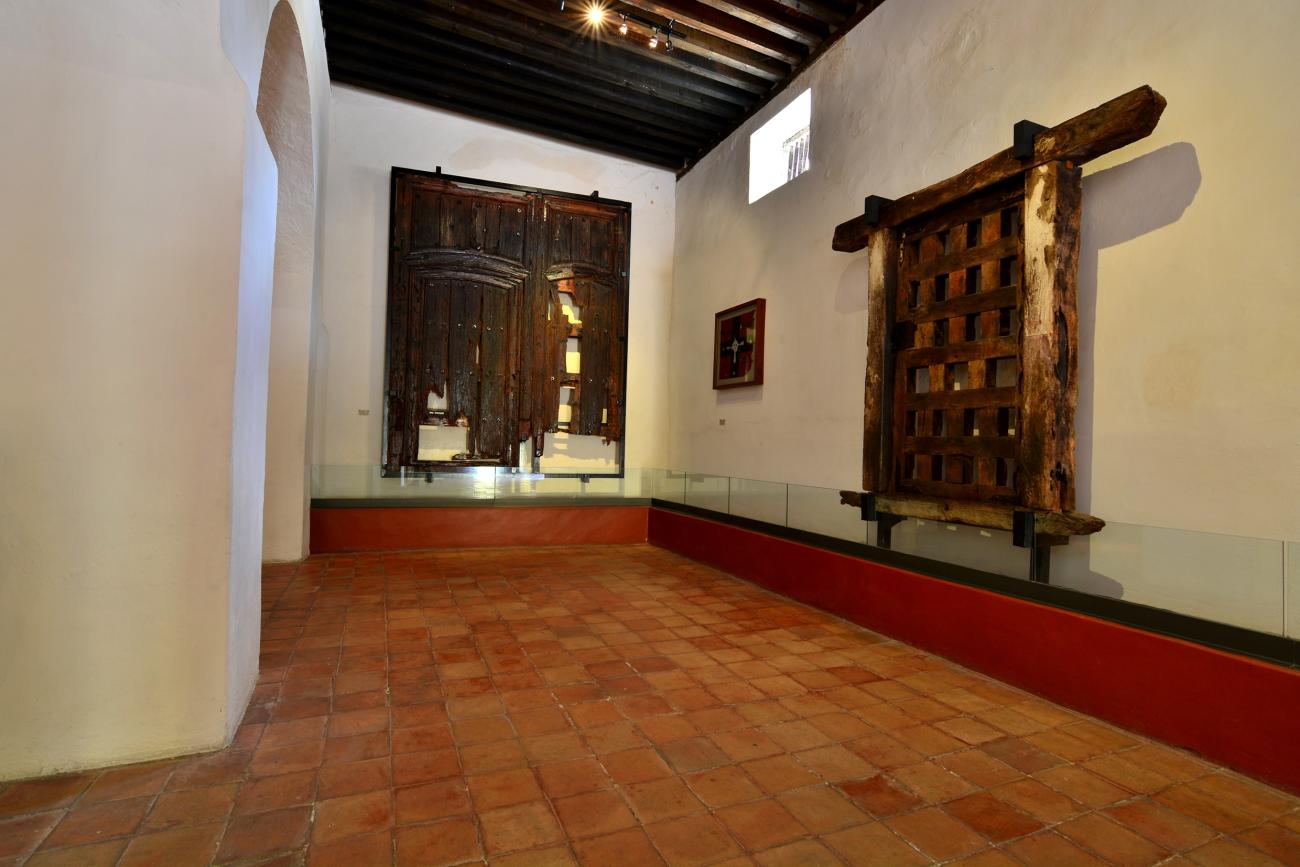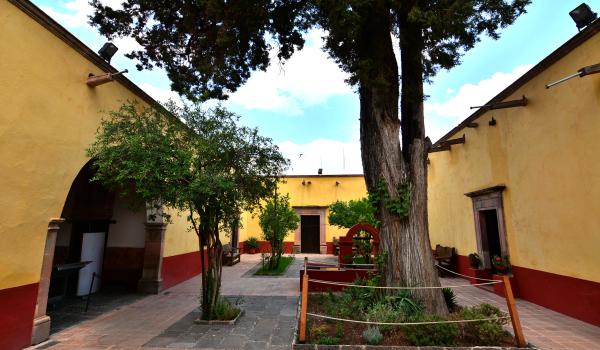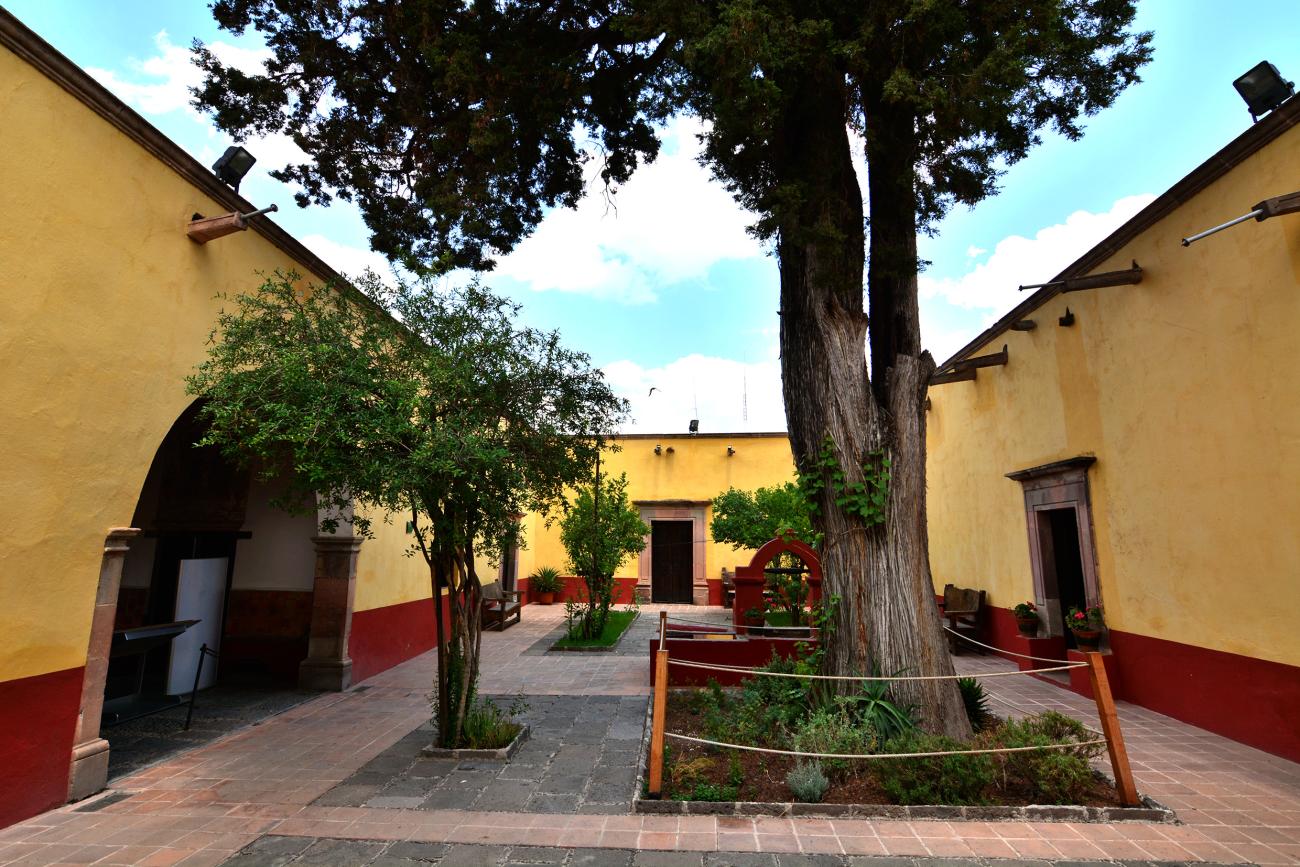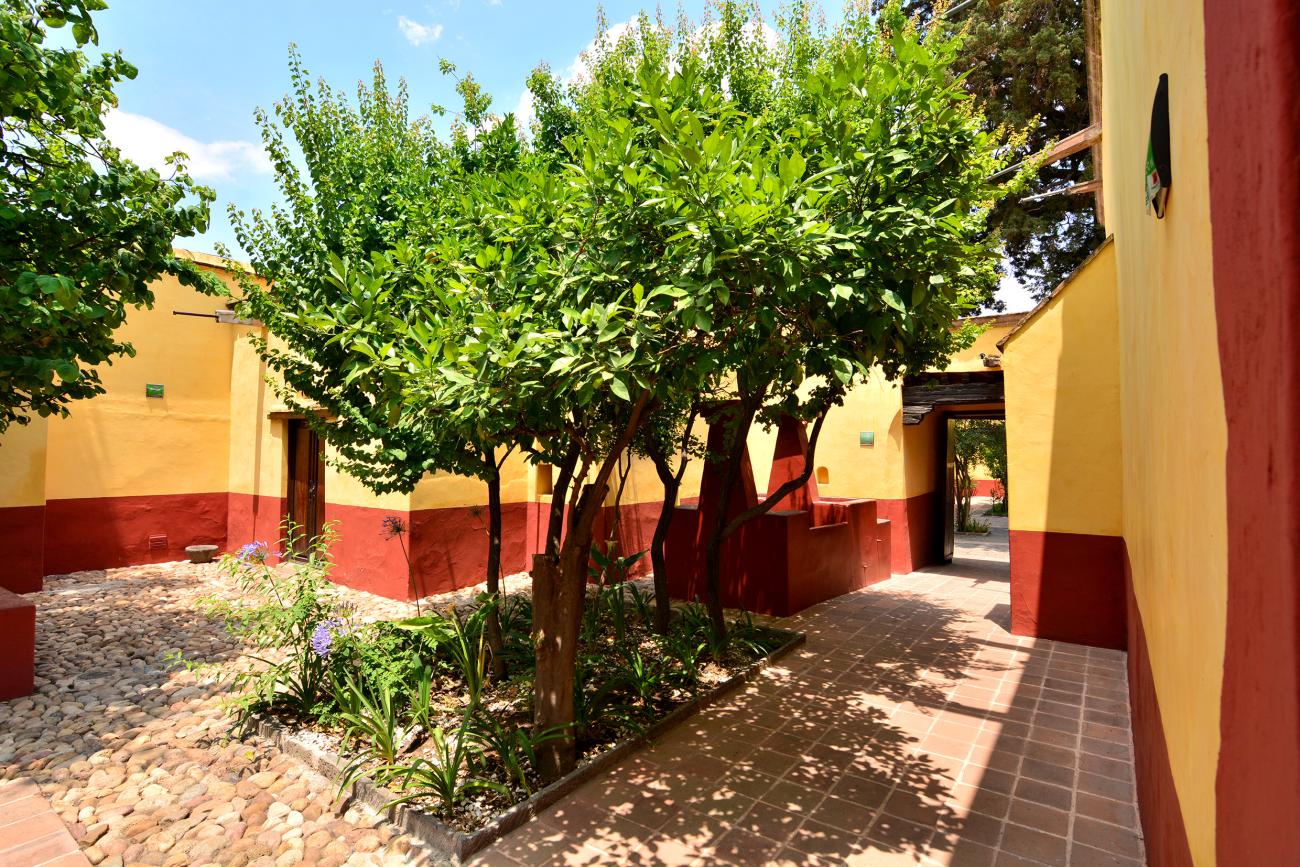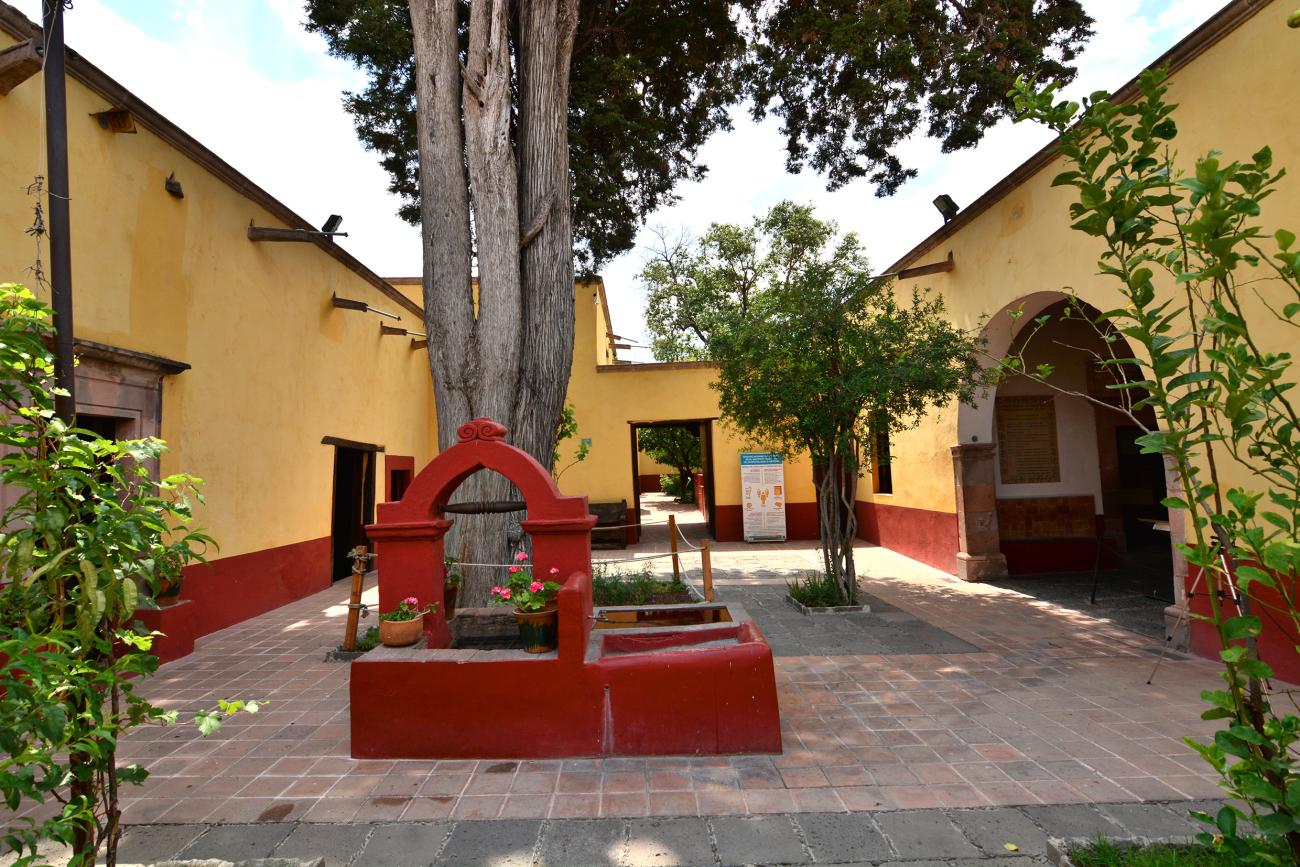As well as illustrating various sides to the life of Don Miguel Hidalgo y Costilla, this building also tells the story of the events of the Mexican War of Independence. The museum is inside the great leader’s last residence prior to the outbreak of the liberation movement. The estate was built in 1779 to store contributions from the movement’s followers and is therefore known as “Casa del Diezmo” (“House of the Tithe”). It is part of the group of buildings of historical value which make up the "Ruta de la Independencia," and which were renovated by the INAH on the Bicentenary of this key event. Father Hidalgo lived there from 1803, and also used it for pottery workshops and a music school. He built theater stages in it, moved the parish offices there and used the barn to guard the tithes.
A few of the conspiracy meetings were held here as well, with the aim of liberating New Spain. Father Hidalgo left this residence on September 16, 1810, with Ignacio Allende and Juan Aldama, for the church of Dolores to summon the townsfolk and begin the armed uprising. A month later, General Callega (on the orders of Viceroy Venegas) looted the residence and turned it into a barracks for his troops. Throughout the war, it was occupied by various factions, and when Independence was won, it returned to the ownership of the church. This was until 1850, when it passed into private hands as a result of the Law on the Nationalization of Ecclesiastical Goods. In 1863, President Benito Juárez declared it a National Monument, and the following year Maxmiliano of Habsburg celebrated the first “Ceremonia del Grito” (Ceremony of the Cry of Independence) here from the window where Father Hidalgo called to the guards on the night when he decided to begin the revolutionary movement. In January 1889, President Porfirio Díaz visited it and since then, all Mexican presidents have done the same.
Within the nine rooms of the museum, it is possible to learn about the various aspects of the life of Don Miguel Hidalgo: the parish priest, the theologian, the businessman of the town of Dolores, the member of a family of the time, the activist who participated in movements right up until the outbreak of the revolution, and the central actor in the heroic feat. The exhibition design is based on recreating the atmosphere of the epoch and around 80 pieces are exhibited from this time. Among these, the leader’s original eye glasses alongside copies of the books he used to read are given prominence. There is also a notary book in which his signature is written, and his baptismal certificate which includes his given name: Miguel Gregorio Antonio Ignacio Hidalgo y Costilla Gallage. The museum rooms are: Origin of the Congregation of Dolores, Background, Life of Miguel Hidalgo y Costilla, Revolution of minds (1765-1792), Igniting the rebellion, Bedroom, War room, Dining room and kitchen, and Tribute room (Creation of the leader).
Replicas have also been made of paintings and prints relating to the Father of the Nation and to the Independence movement. These are in addition to historical pieces which have undergone preservation and restoration treatment in order to be exhibited again: religious sculptures, weapons, furniture and books from the eighteenth century. Other pieces exhibited are replicas of everyday objects which craftsmen from the region were commissioned to produce in accordance with eighteenth-century style. Of particular note among these are the dining crockery and a large lantern found in the hallway, where the museum visit begins.








